Godzilla Minus One (ゴジラ-1.0) is a powerful, emotional and unforgettable experience unlike any movie from Godzilla’s 70 years of history with an appeal beyond the fandom. Director Takashi Yamazaki reimagines Godzilla birth in postwar Japan which has been a major theme in his previous films, Always: Sunset on Third Street, The Great War of Archimedes, and Eternal Zero. The film is supported by a memorable score by Naoki Sato that perfectly sets the atmosphere, tempo and tenor of each scene to play out on screen for moviegoers. Yamazaki has created a ferocious, vindictive and terrifying Godzilla which takes Japan from ground zero to minus one. But at the heart of Minus One is a story of individual sacrifice and one of collective resistance by a nation ravaged by war in the face of a new existential crisis. Seven years ago Shin Godzilla put forward a Godzilla shaped by recent natural catastrophe and the political response by the Japanese government. In contrast, Minus One is a historical drama depicting the challenges and complexity of Japanese civilian life immediately after World War II. Minus One has a strong antiwar message centered around the story of kamikaze pilot Koichi Shikishima, played by Ryunosuke Kamiki, whose life is changed when he encounters Godzilla. Below is a translation of the story summarized in the official program pamphlet with commentary, resource links and images.
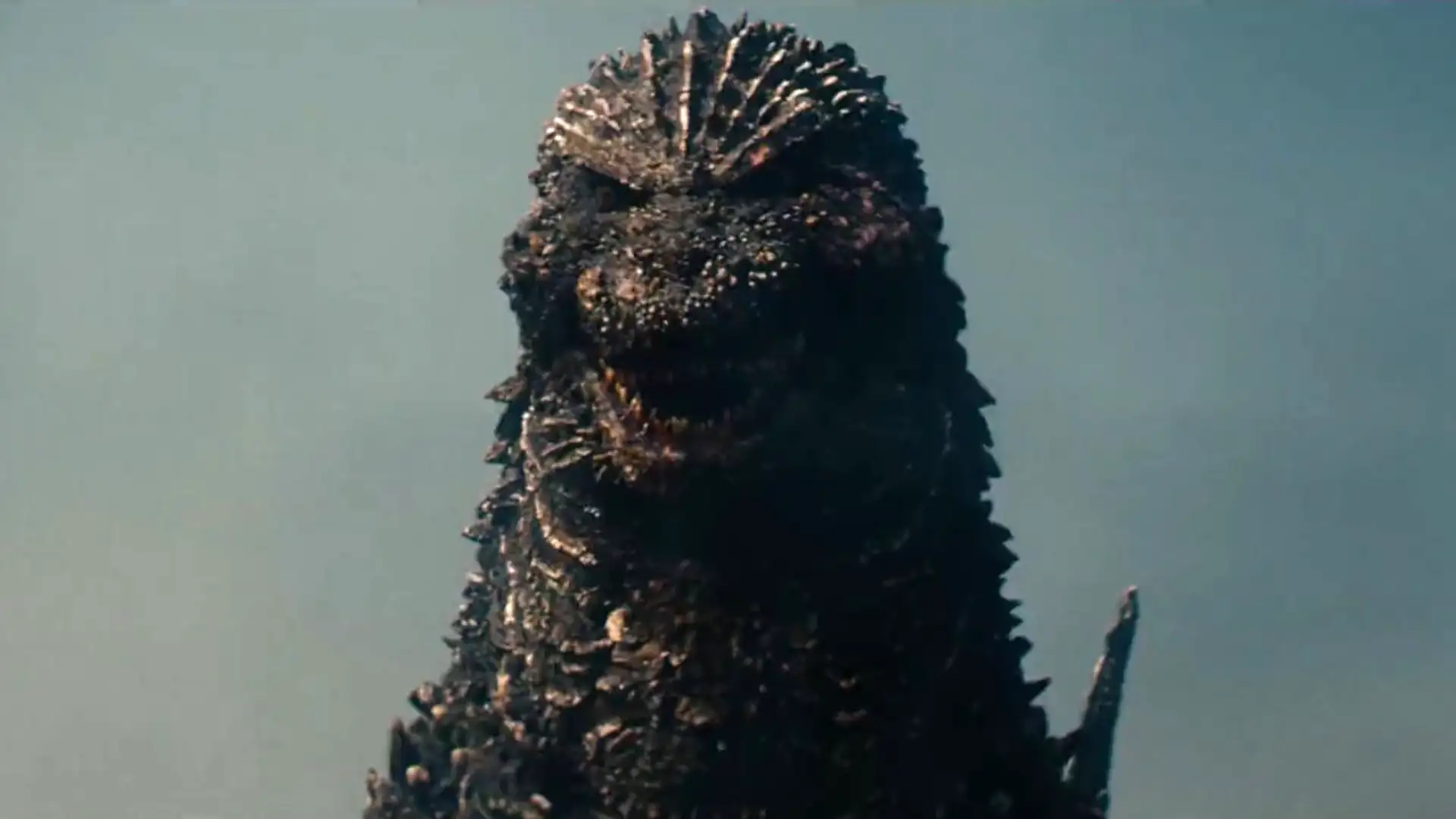
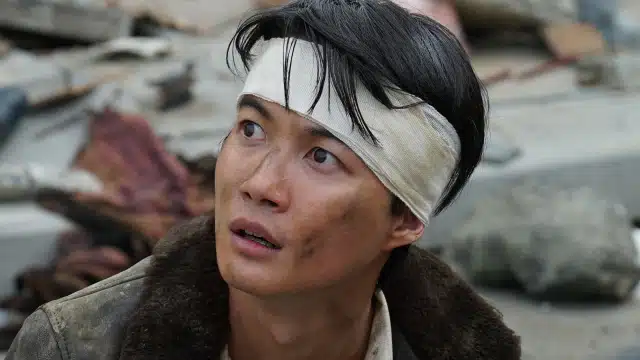
Koichi Shikishima / Ryunosuke Kamiki
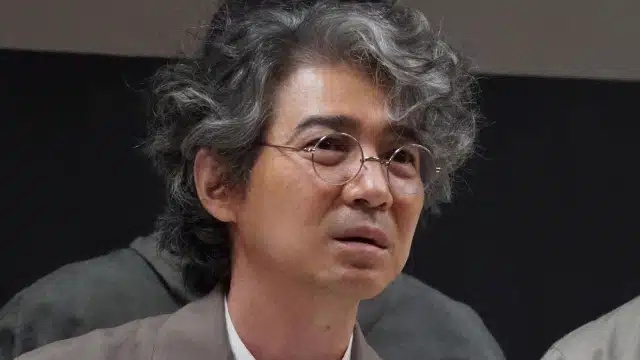
Kenji Noda / Hidetaka Yoshioka
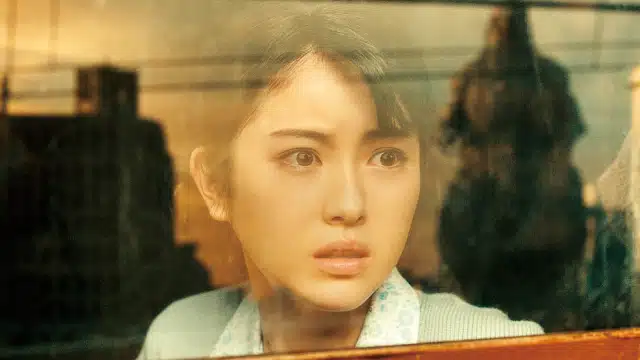
Noriko Oishi / Minami Hamabe
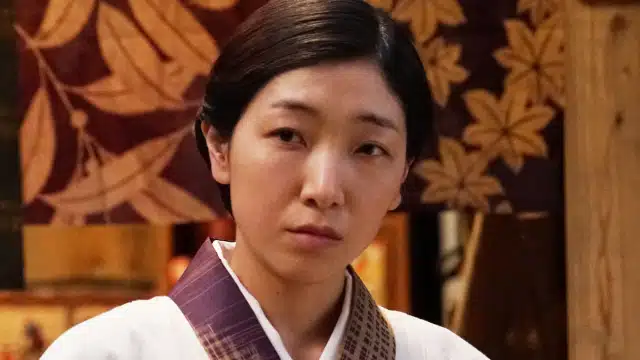
Sumiko Ota / Sakura Ando
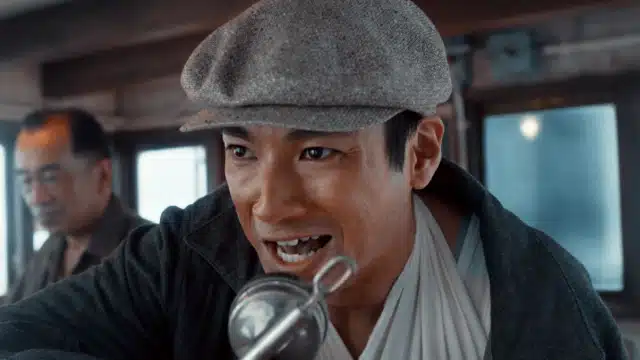
Shiro Mizushima / Hiroki Yamada
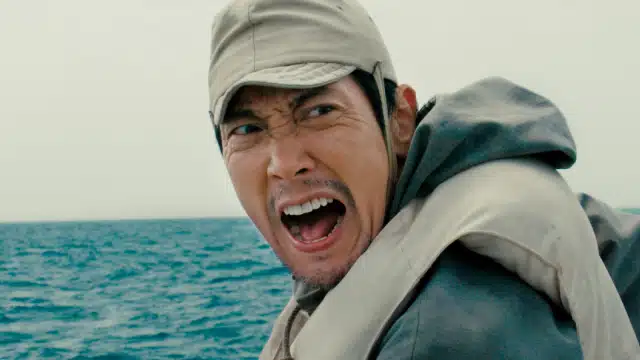
Yoji Akitsu / Kuranosuke Sasaki
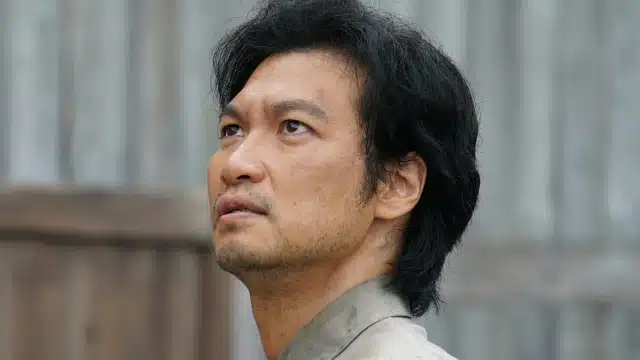
Sosaku Tachibana / Takataka Aoki
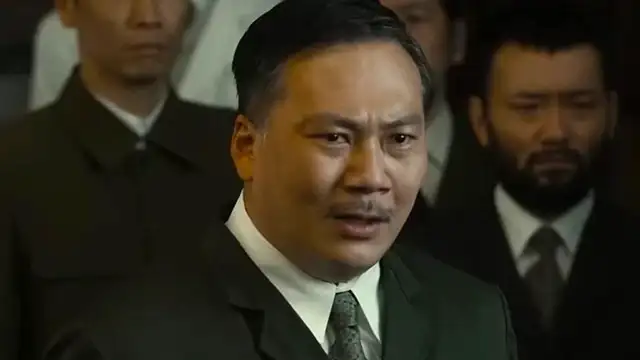
Hotta Tatsuo / Miou Tanaka
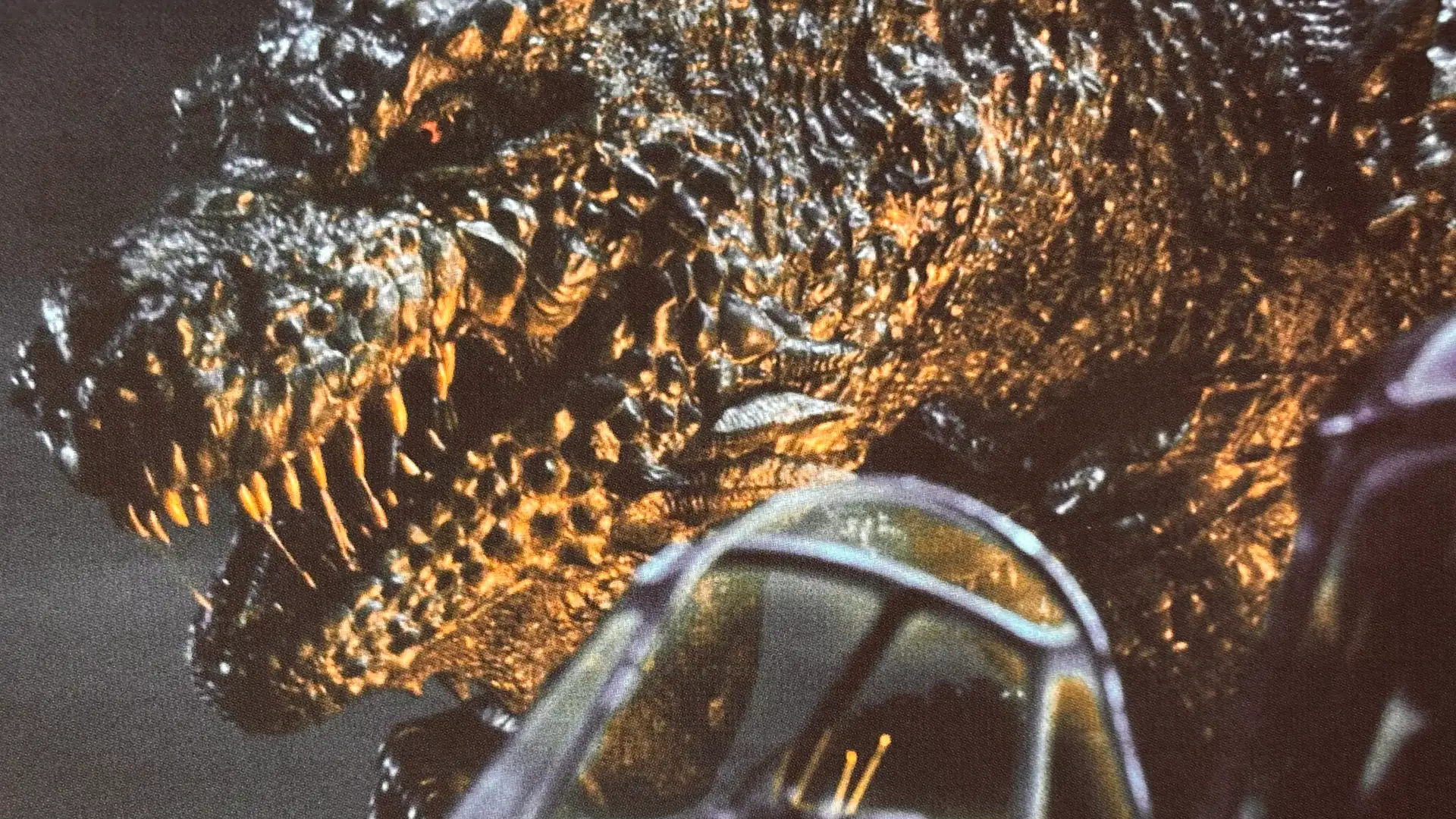
Minus One opens with Shikishima landing on Odo Island. But his arrival is concerning because he is a kamikaze pilot. Tachibana orders him to fire on Godzilla but he is paralyzed again. But by the end, he redeems himself when he takes a kamikaze flight to defeat Godzilla.
Godzilla appearance on Odo Island recalls “Godzillasaurus” in Godzilla vs King Ghidorah (1991). His appearance is similar to Roland Emmerich’s Godzilla (1998). His vicious attack is like that of the T-Rex in Jurassic Park (1993).
The year is 1945 (Showa 20) at the end of World War II.
A Zero fighter piloted by Second Lieutenant Koichi Shikishima (Ryunosuke Kamiki) lands at the garrison base on Odo Island. Shikishima was on his way to a special attack when his aircraft malfunctioned and he landed at this base.
However, veteran mechanic Sosaku Tachibana (Munetaka Aoki) told Shikishima that he couldn’t find the malfunction, and knew that Shikishima was hiding something. That night, a 15m tall dinosaur-like creature attacks the base.
One of the maintenance soldiers says that this creature is “GOJIRA” (呉爾羅), a creature that has been passed down in the legends of the island.
Tachibana advises Shikishima to shoot Godzilla with the 20mm gun attached to the Zero, but Shikishima is too scared to shoot.
Then, Godzilla attacks the maintenance soldiers, and they all die, leaving behind Tachibana.
The next morning, Tachibana gets angry at Shikishima, who survived, saying, “Everyone died! It’s because you didn’t shoot.”
In the winter of that year, Tachibana, who was with him on the boat, handed Shikishima the family photos of the deceased maintenance soldiers.
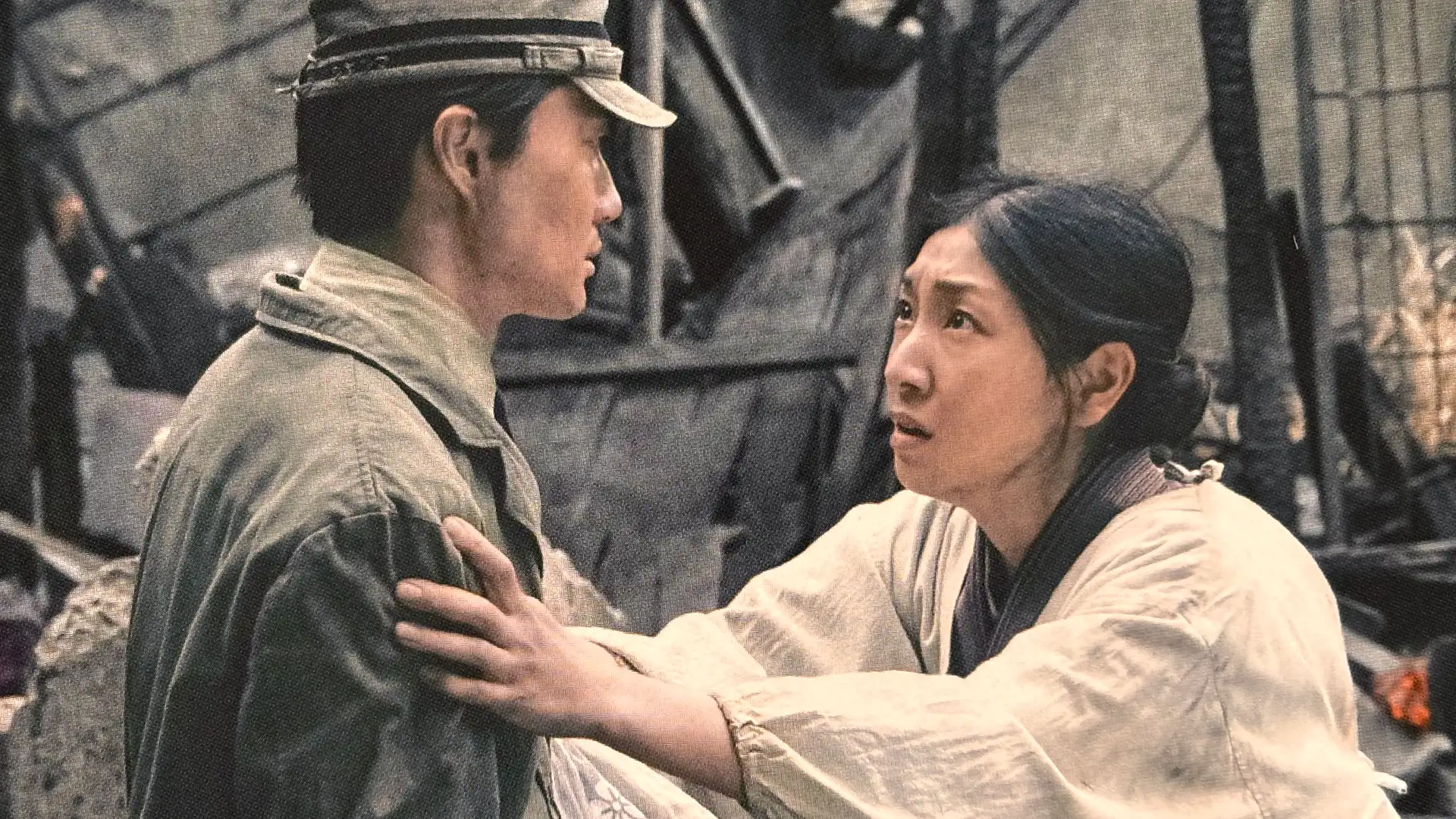
“For most of Tokyo’s inhabitants existence was a living hell. Homeless, numbering in the millions, lived in jerry-built huts of chicken wire, rocks, and cardboard, occupied subway stations and air raid shelters, or camped out in large bomb craters in the street.” — Tokyo Underworld: The Fast Times and Hard Life of an American Gangster in Japan, by Robert Whiting, 1999 (Source: Old Tokyo: Tokyo “Black Markets” 1945)
Yamazaki’s themes of family building and postwar hardships from previous films continue in Minus One.
Shikishima suffers from nightmares of Godzilla on Odo Island and those he killed. The scene of him in bed echoes that of Masaji Yamada and Shinkichi Yamada the night Godzilla appeared on the island in 1954. Later in the movie, his anger at Godzilla is reminiscent of that of Norifumi Suzuki (played by Shinichi Tsutsumi) as in Always: Sunset on Third Street 2.
1945 (Showa 20), winter. When Shikishima returns to a burnt-out Tokyo, he learns from Sumiko Ota (Ando Sakura), who lives next door to him, that his parents died in an air raid. Alone for the rest of his life, he meets Noriko Oishi (Hamabe Minami) in the black market, who is carrying her baby Akiko, who was entrusted to her during an air raid.
As things turned out, he took her and Akiko back to his barracks and began living together.
To make a living, Shikishima takes a job clearing sea mines left behind by the U.S. military during the war.
In addition to him, the special minesweeper “Shinsei Maru” that will carry out the removal work includes the boat’s captain, Yoji Akitsu (Kuranosuke Sasaki), and Kenji Noda (Hidetaka Yoshioka), a former technical officer who was involved in the development of weapons during the war), a young crew member, Shiro Mizushima (Yuki Yamada), was on board.
As they continue to work together, a sense of camaraderie develops between them, and Shikishima and Noriko develop a closeness similar to that of a married couple.
However, Shikishima has nightmares about Odo Island every night, and feels indebted for surviving. He can never be happy on his own.
You can never be the only one happy.
While watching Shikishima suffer, Noriko decides to work in Ginza to become independent with Akiko, who has grown into a toddler.
1946 (Showa 21), summer. A nuclear test by the US military, “Operation Crossroads,” was conducted at Bikini Atoll, and the requisitioned battleship Nagato was also sunk as a result of this test.
At this time, Godzilla, who was traveling around the nearby sea, was also hit by the atomic bomb.
The body was burned up by the atomic bomb, and the radioactive material that penetrated deep into the body’s surface caused errors in the cells of the epidermis, and even with the regeneration ability of GOJIRA, it was impossible to regain its original form. His body became gigantic, as if going out of control, and it became a giant that far exceeded his previous appearance. This was the moment when “Godzilla” was born.
1947 (Showa 22). A series of accidents occur in the Pacific Ocean where American ships are damaged by mysterious giant creatures.
Large amounts of radioactivity are detected in the skin tissue of the creatures left behind on the damaged ship.
The giant creature was predicted to be approaching Japan.
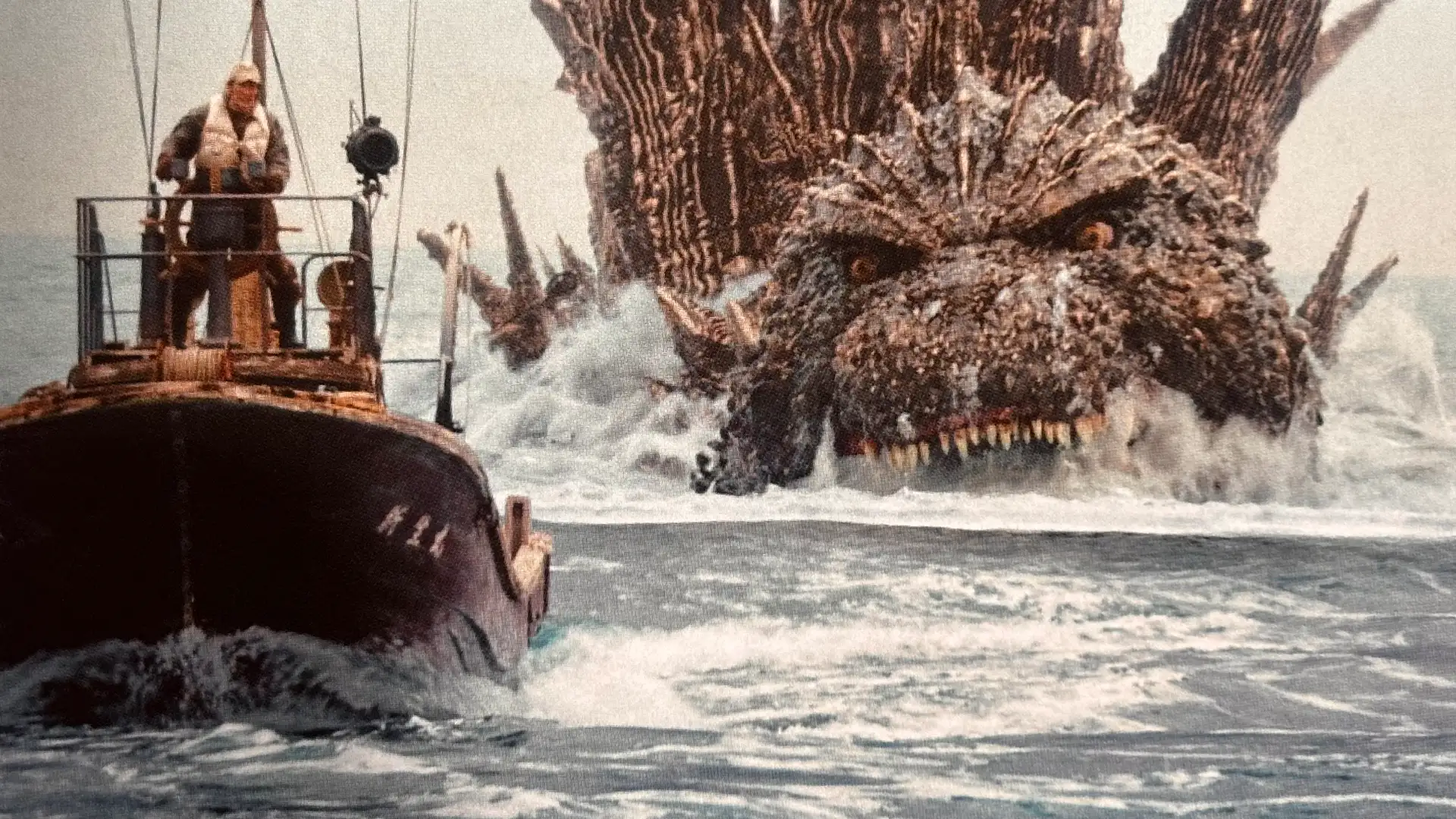
Godzilla’s pursuit of the Shinsei Maru recalls Quint’s boat, the Orca, in Jaws (1975).
“For most of Tokyo’s inhabitants existence was a living hell. Homeless, numbering in the millions, lived in jerry-built huts of chicken wire, rocks, and cardboard, occupied subway stations and air raid shelters, or camped out in large bomb craters in the street.” — Tokyo Underworld: The Fast Times and Hard Life of an American Gangster in Japan, by Robert Whiting, 1999 (Source: Old Tokyo: Tokyo “Black Markets” 1945)
“Shinsei Maru” is ordered to stop the giant creature. Shikishima predicts that the true identity of the giant creature is GOJIRA, and judges from the damage it has caused that it is larger and more ferocious than before. Eventually, Godzilla, now 50 meters tall, appears in front of the Shinsei Maru.
Shikishima confronts Godzilla with his ship’s machine gun, but to no avail, and hits Godzilla with a recovered mine, causing it to explode, but it has no effect.
The last mine was thrown into Godzilla’s mouth, and Shikishima detonated it with a machine gun.
However, Godzilla rapidly regenerated his cells and made a full recovery.
At the moment when it seemed that the situation was hopeless, the requisitioned heavy cruiser Takao returned from Singapore and joined the battle line. Godzilla gets hit by a shell from Takao.
Although it disappears underwater, Godzilla jumps like a whale and hops onto Takao, damaging the ship.
Takao fires shells at Godzilla from zero distance.
Unable to resist, Godzilla falls into the water, but the sea surface is then enveloped in blue light, and the heat rays emitted by Godzilla cause Takao to disappear into seaweed.
The crew of the Shinsei Maru watched the situation with despair as they fled the scene.
Shikishima, who lost consciousness during the battle with Godzilla, wakes up in a hospital. He is informed by Noda that the government is hiding from the people that Godzilla is heading to Tokyo for fear of chaos.
When Shikishima returns home from the hospital, he tells Noriko that he was the one who escaped from the suicide attack, tells her about his past on Odo Island, and tells her that he met Godzilla again.
Shikishima says, “I am a person who should not be alive.” Noriko finally learns of Shikishima’s emotional pain, and she hugs him, telling him, “Survivors should live properly.”
The next morning, Godzilla finally landed in Tokyo.
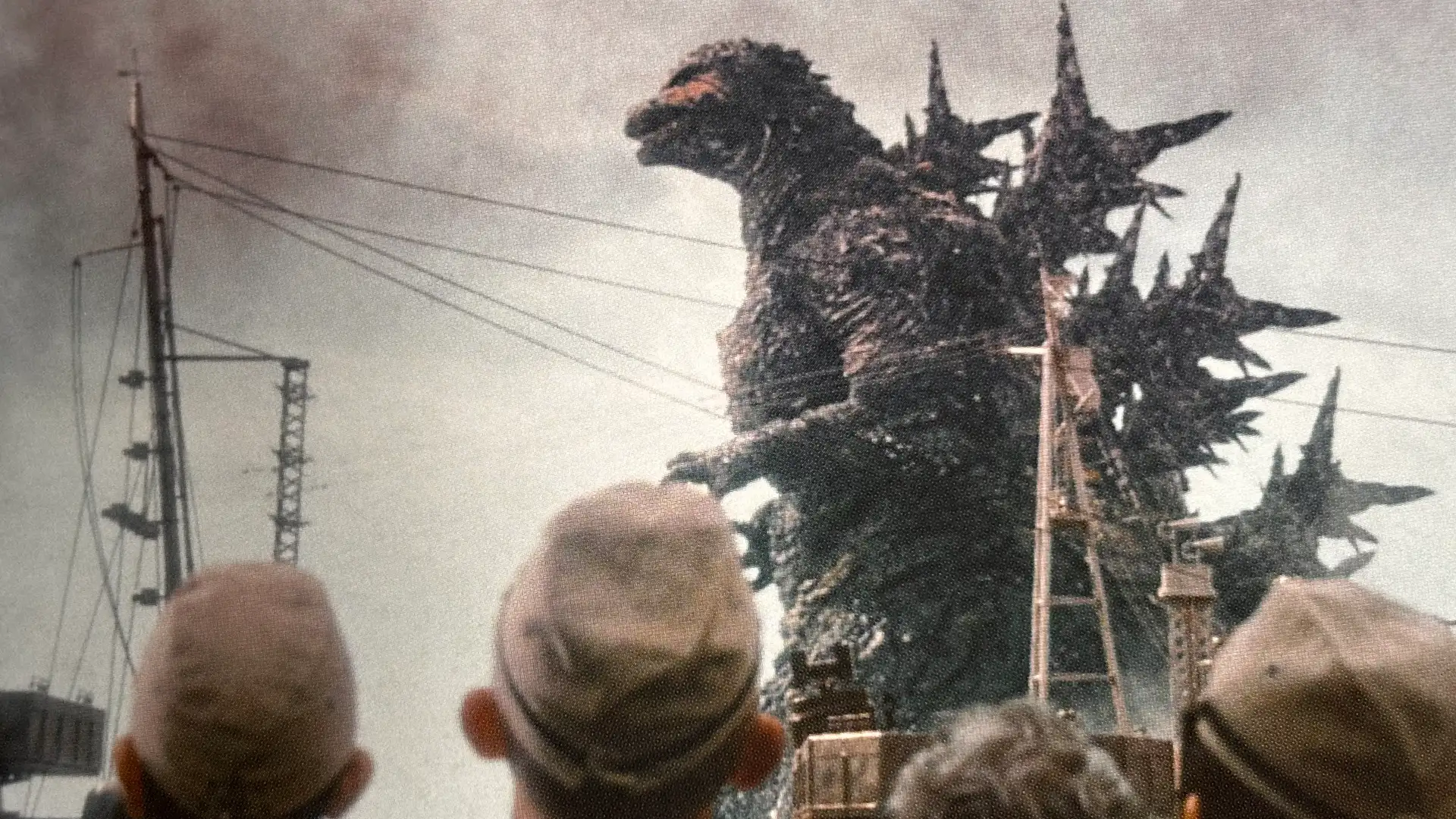
In scenes out of Godzilla (1954), Godzilla ravages Ginza, crushing innocent lives in his path, chewing apart the trains of the Yamanote line and toppling news reporters perched atop buildings.
The Bombing of Tokyo (東京大空襲) was a series of bombing air raids by the U.S. Army Air Force during the Pacific campaigns of World War II. Operation Meetinghouse, a firebombing raid conducted on the night of March 9-10, 1945, is the single most destructive bombing raid in human history.
Hidetaka Yoshioka from Ryunosuke Chagawa in Always: Sunset on Third Street, whose Godzilla story opened the sequel, plays Noda, a Serizawa-like character, who presents “Operation Sea God” to defeat Godzilla. The ships in the final battle with Godzilla recall those carrying the Oxygen Destroyer in Godzilla (1954). Like Serizawa and Ogata, Shikishima embodies sacrifice and survival, respectively. Dedicated to Oishi, he boards the Shinden for a final kamikaze flight to defeat Godzilla. But Tachibana, who held him responsible for the death on Odo Island, adds an ejection handle to the fighter because he wants him to live rather than die. Godzilla is destroyed. Then Shikishima is told Oishi is still alive. Victory is won, but at the bottom of sea…
Minus One ends like Godzilla (1954) begins with a fade to black and the sounds of Godzilla approaching and roaring, as if it gives way to the Eiko Maru in the Bikini Atoll.
A blaring air raid siren and an emergency broadcast from the radio.
Godzilla headed from Tokyo Bay to Ginza via Shinagawa.
Shikishima senses that Noriko, who works in Ginza, is in danger, so he goes to rescue her. Meanwhile, Noriko, who was riding on the Yamanote Line, was attacked by Godzilla and was lifted up along with the train car she was on, but she narrowly escaped the crisis. Amidst the crowd running away, Shikishima discovers Noriko, who was walking in a daze, giving up on life, remembering the Tokyo air raids. As the two begin to run away, Godzilla’s dorsal fin begins to glow blue.
Heat rays are released, and Noriko pushes Shikishima behind a building in front of the blast caused by the energy, and is blown away herself.
Only Shikishima survived, and he swore revenge on Godzilla. Godzilla caused devastating damage to Tokyo, but the Allied forces stationed there avoided military action for fear of irritating the Soviet Union, and Japan, which had no military of its own, decided to fight Godzilla with only civilians.
Eventually, civilians gather and a “giant creature strategy briefing session” is held, led by Tatsuo Hotta (Miou Tanaka), former captain of the destroyer Yukikaze. Noda was the one who planned the strategy against Godzilla that was announced there.
Members of “Shinsei Maru” are also gathered. Its name is “Operation Sea God” (海神作戦).
It envelops Godzilla in a bubble of chlorofluorocarbon gas, sinks it all at once into the deep ocean, and uses the sudden change in water pressure to defeat Godzilla.
As a second attack, they inflate a large swim bladder in the deep sea, pull Godzilla from the ocean floor to the surface all at once, and apply tremendous decompression to stop it from dying.
“No one will protect us.”
“Someone has to get the bad end of the bargain.”
Civilians who survived the war decide to fight. Meanwhile, apart from Noda and the others, Shikishima secretly decides to confront Godzilla in his own way.
To that end, he begins searching for Tachibana, a former mechanic. As preparations for “Operation Sea God” and Shikishima’s battle against Godzilla progress, Godzilla finally appears in Sagami Bay…
This page will be corrected, updated and revised as needed
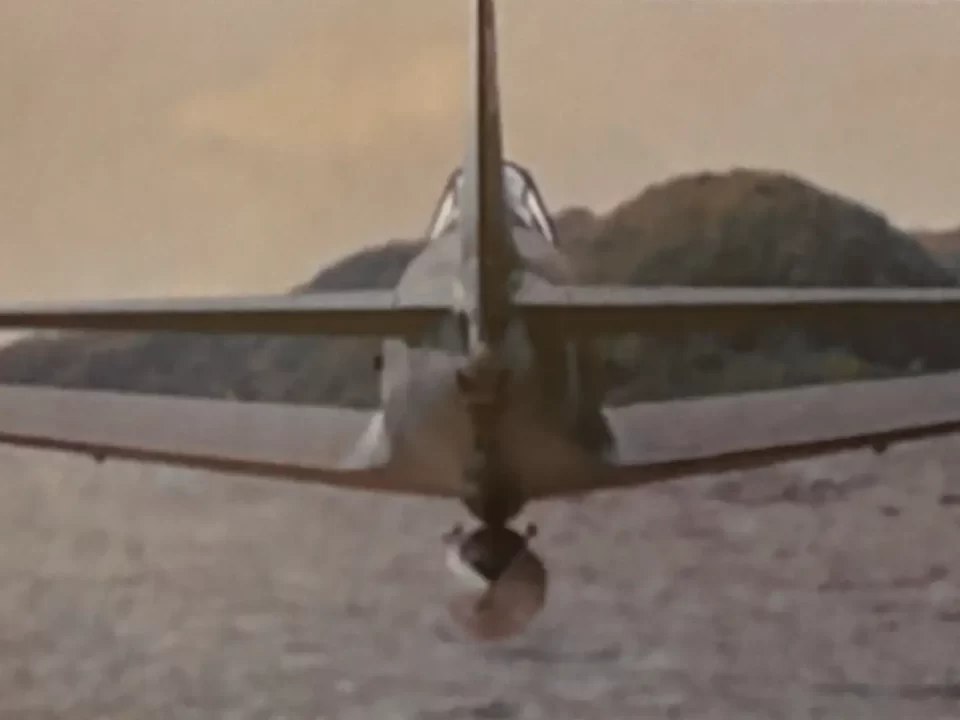
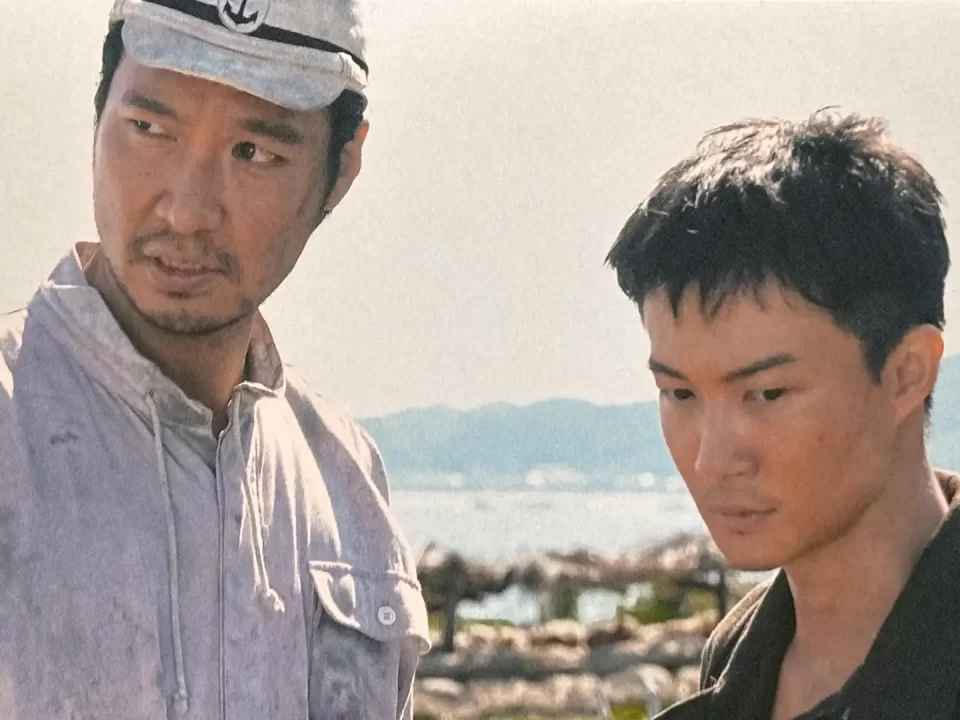
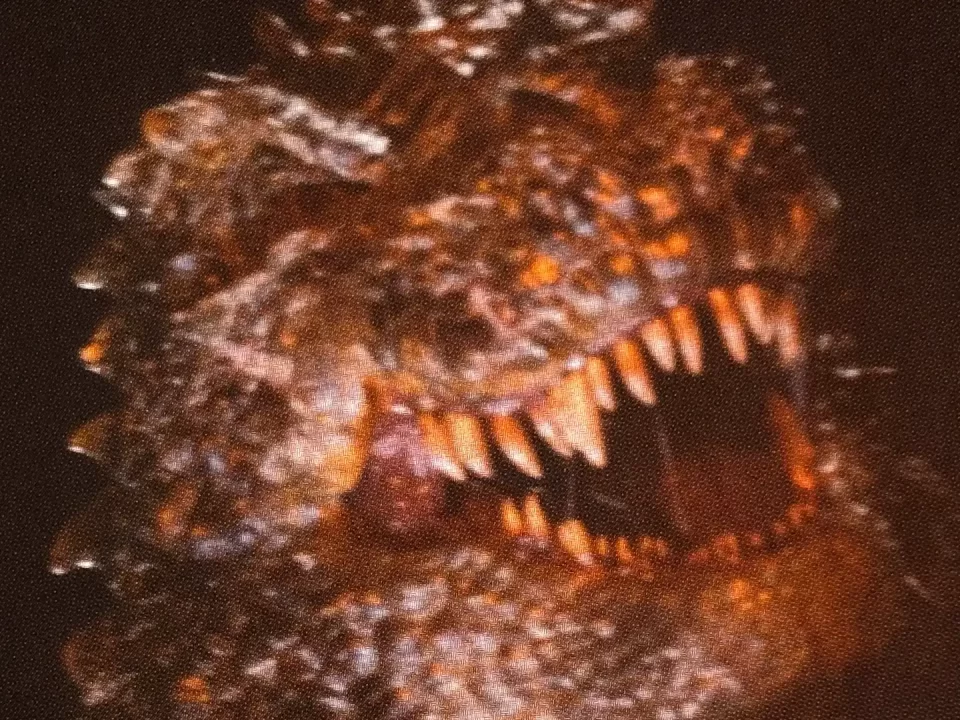
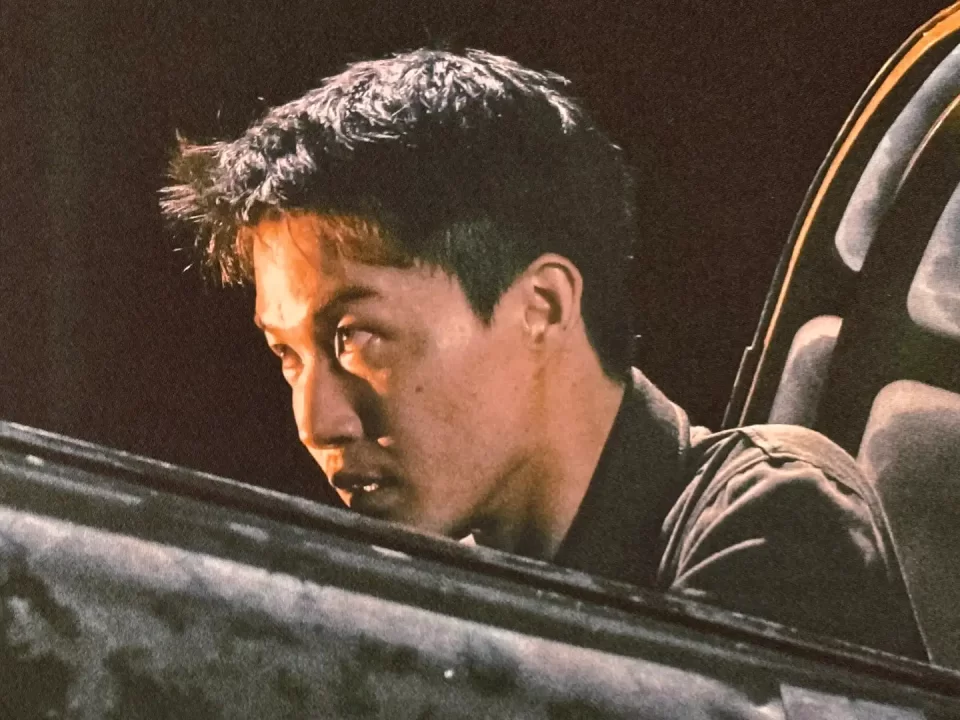
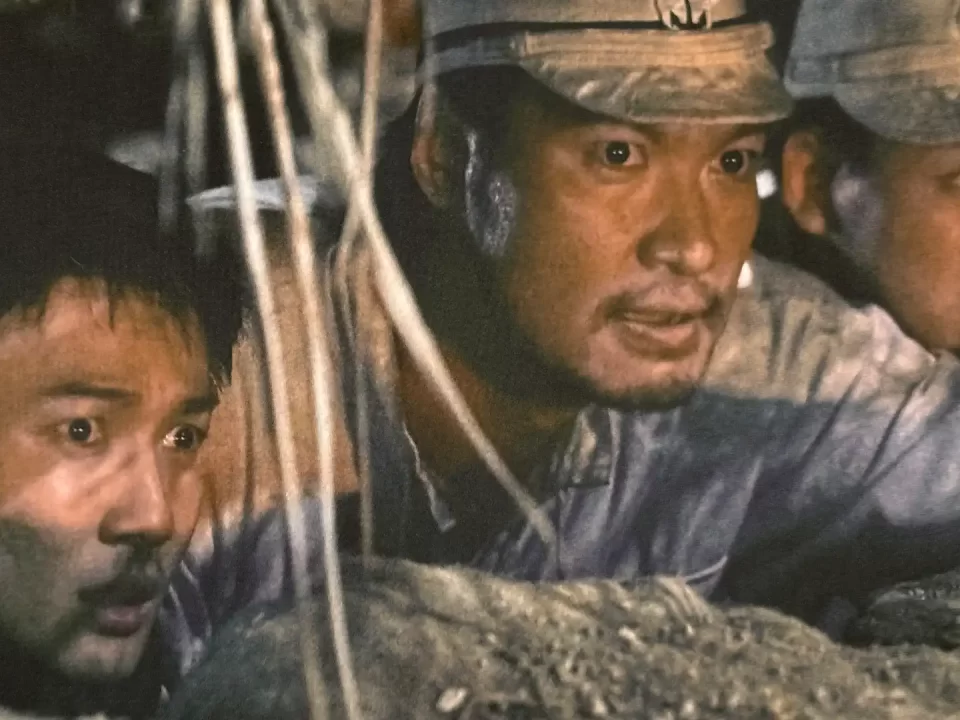
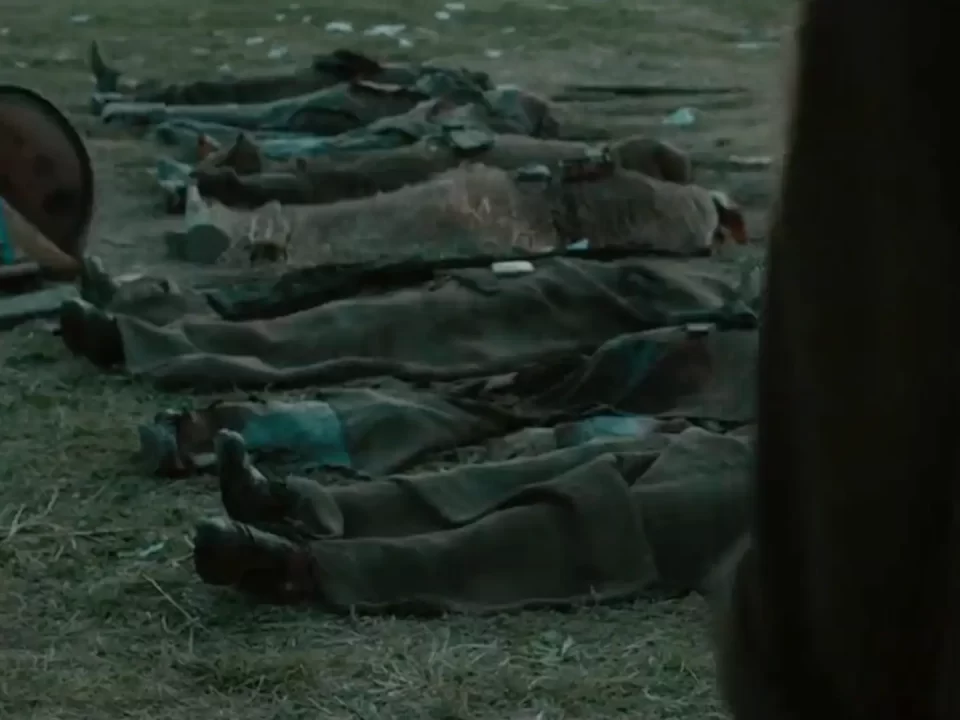
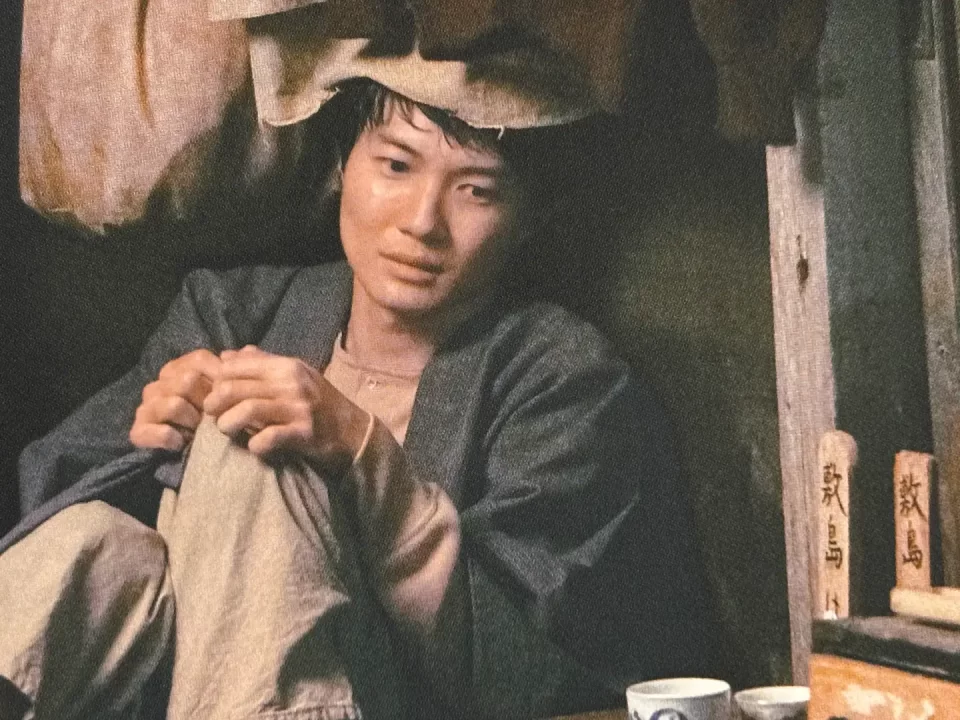
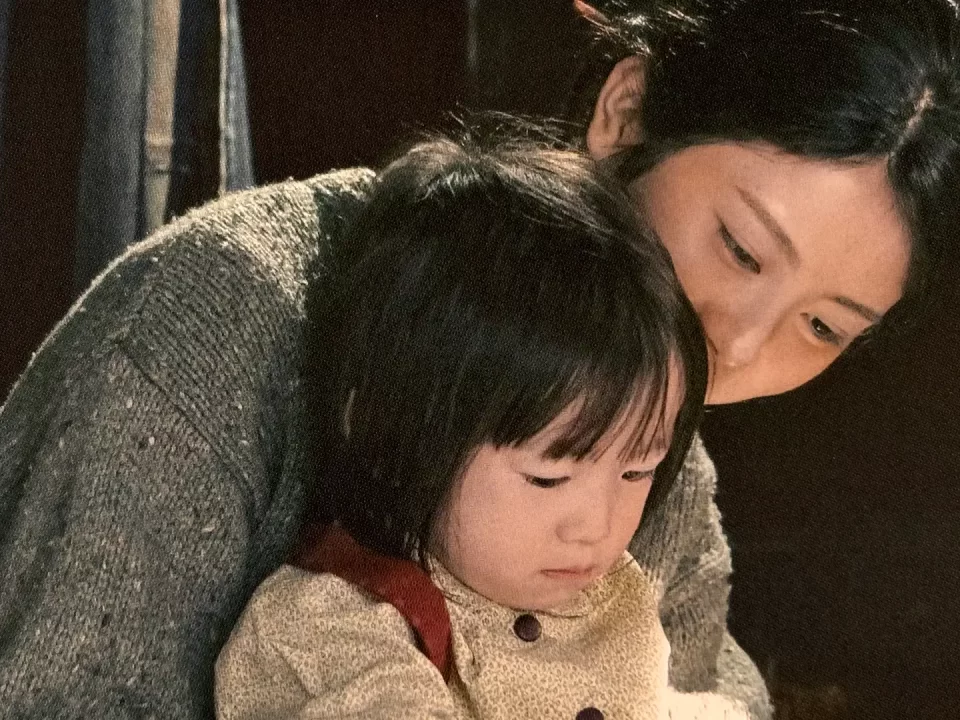
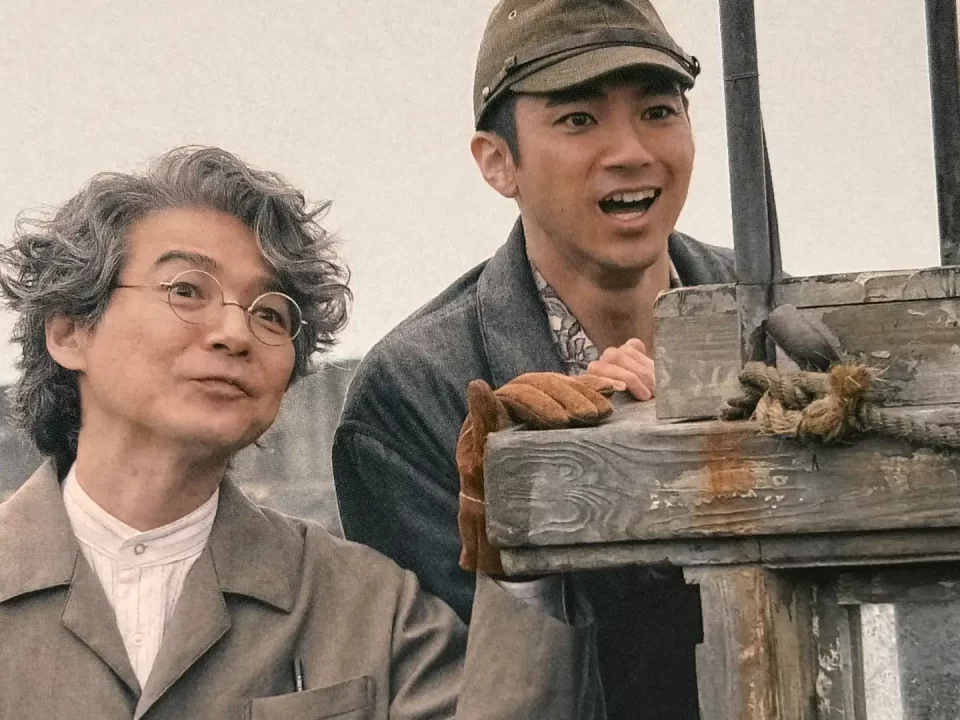
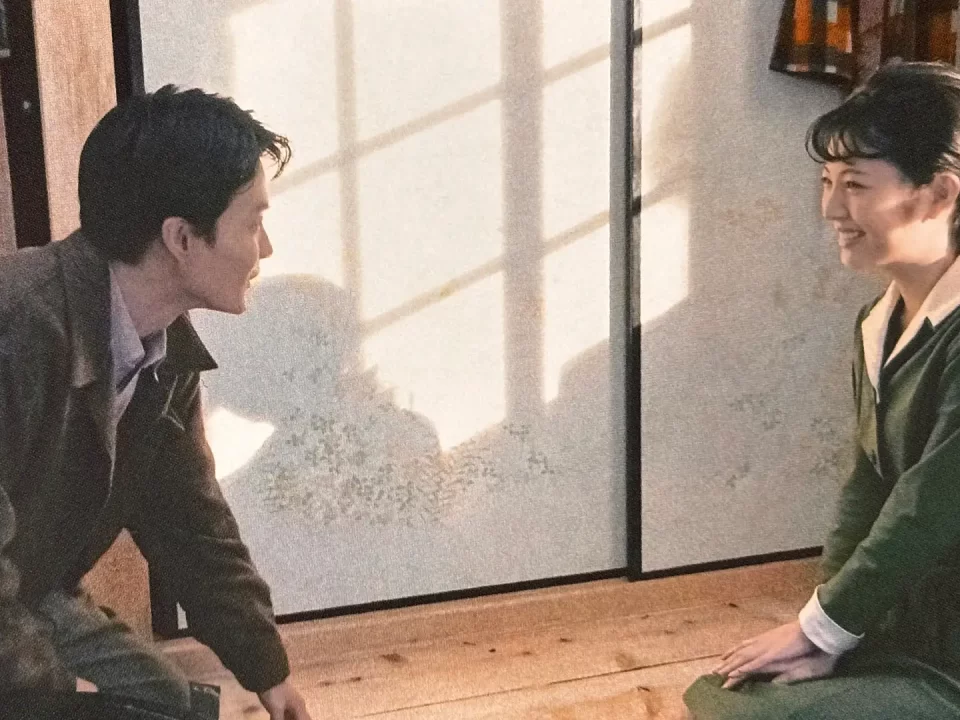
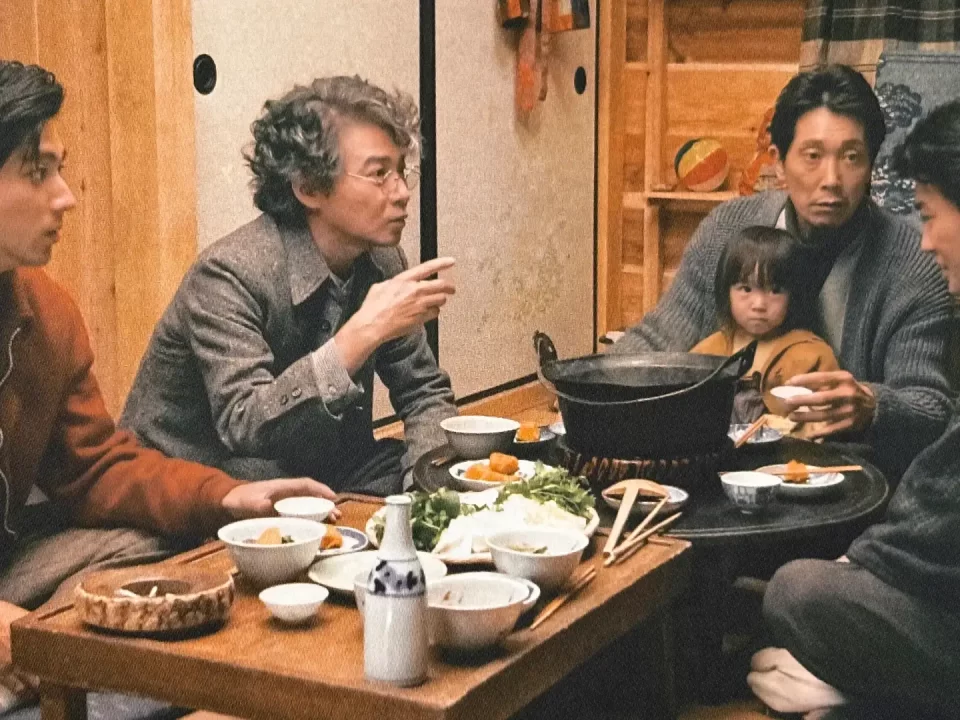
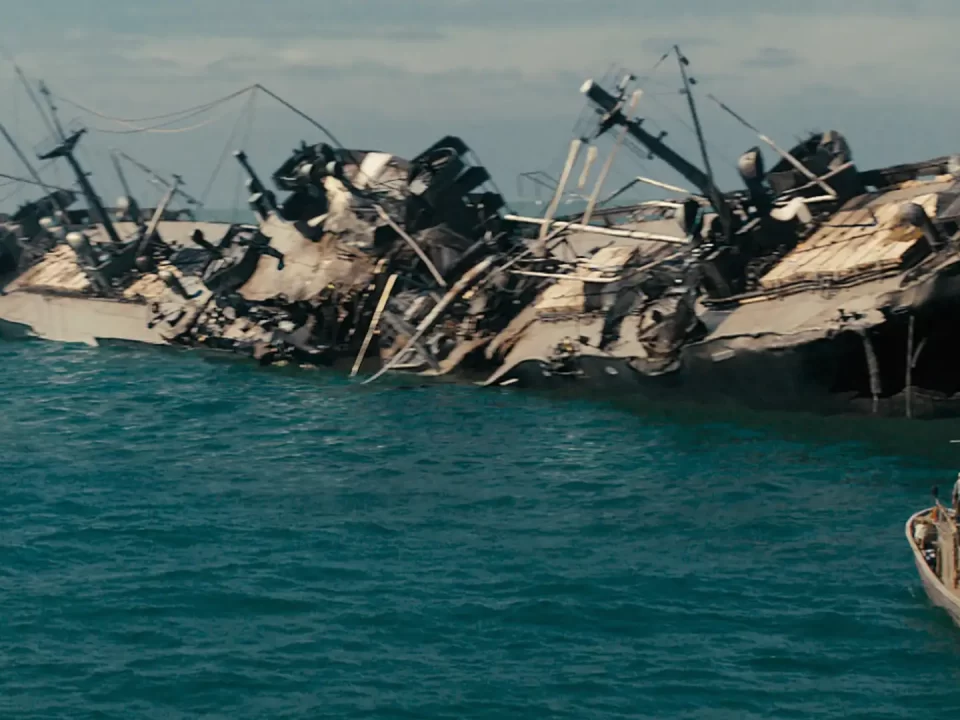
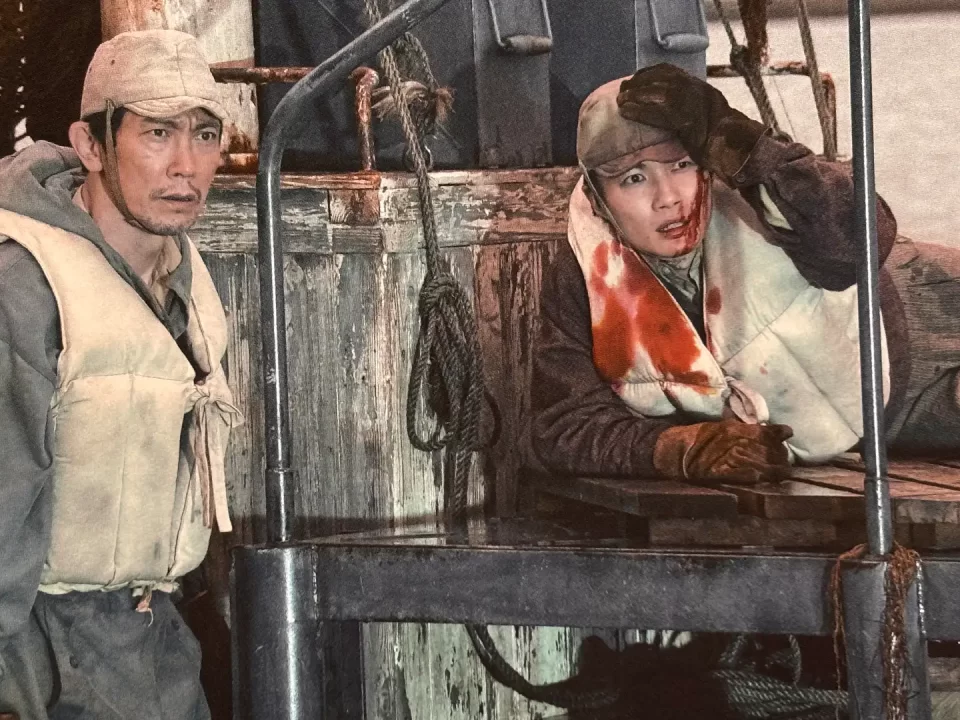
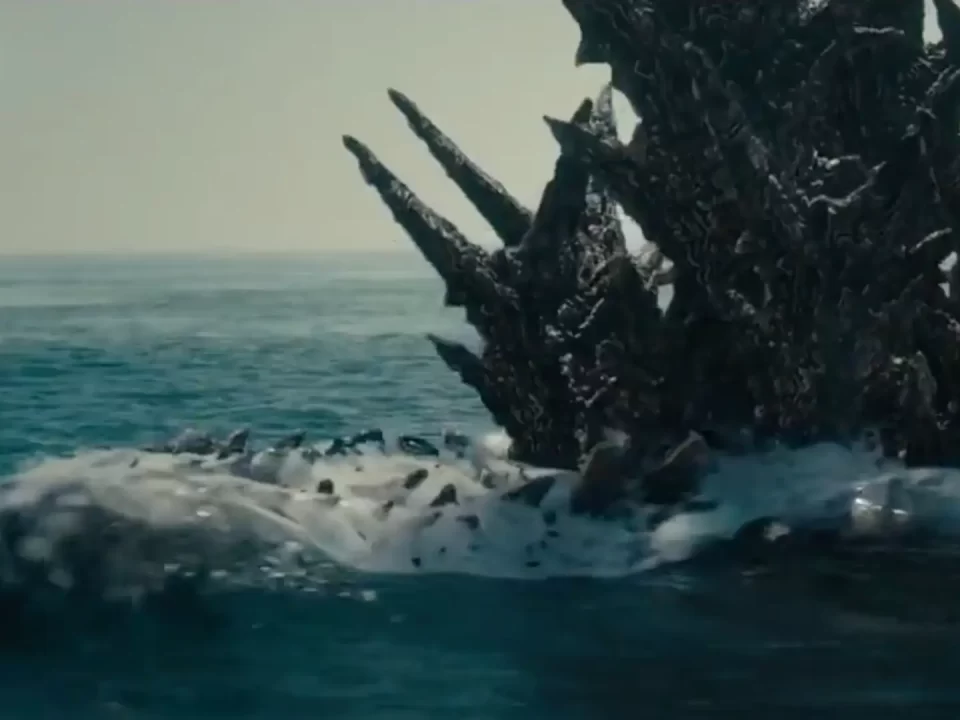
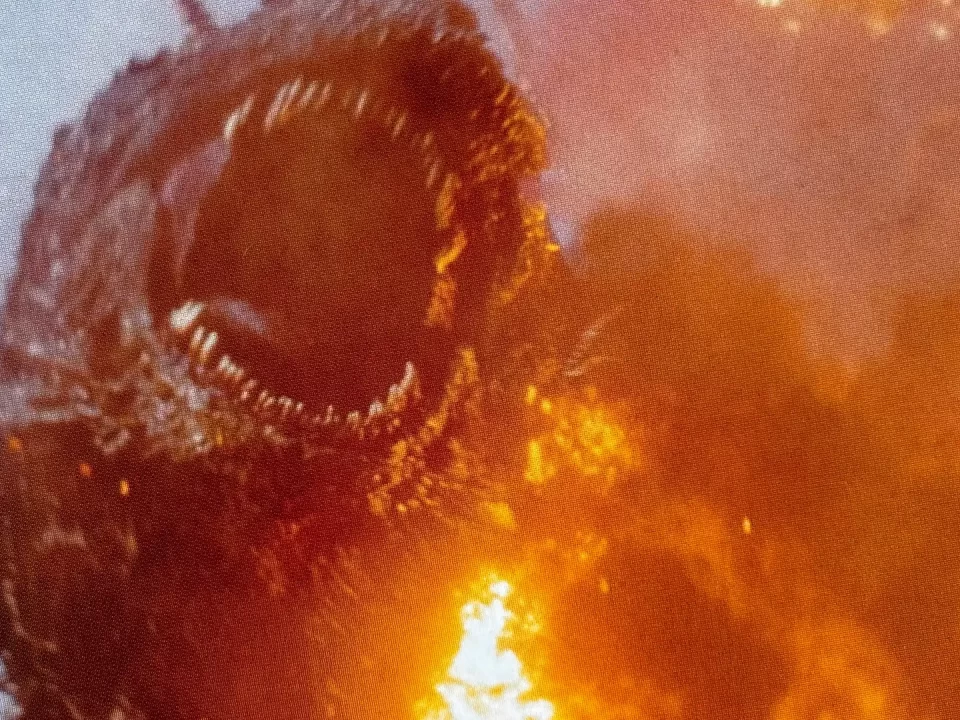
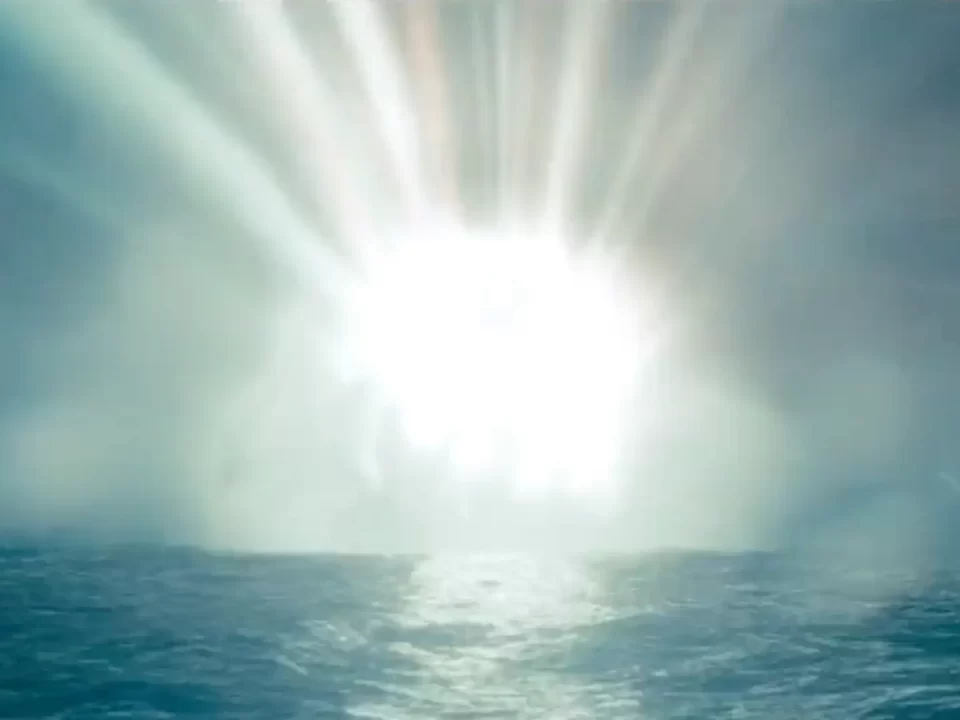
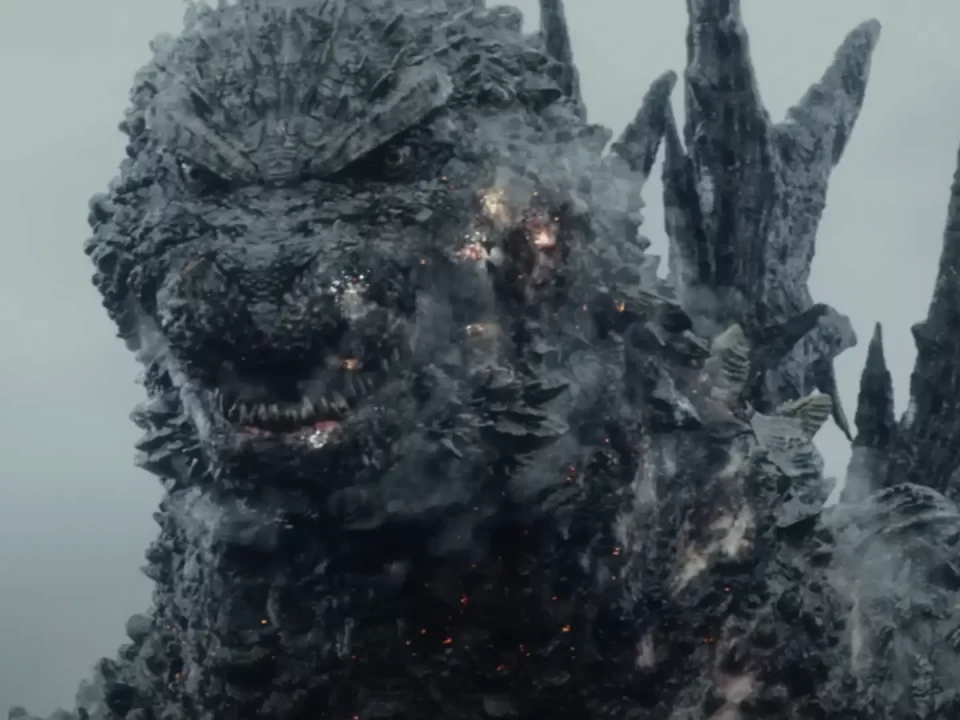
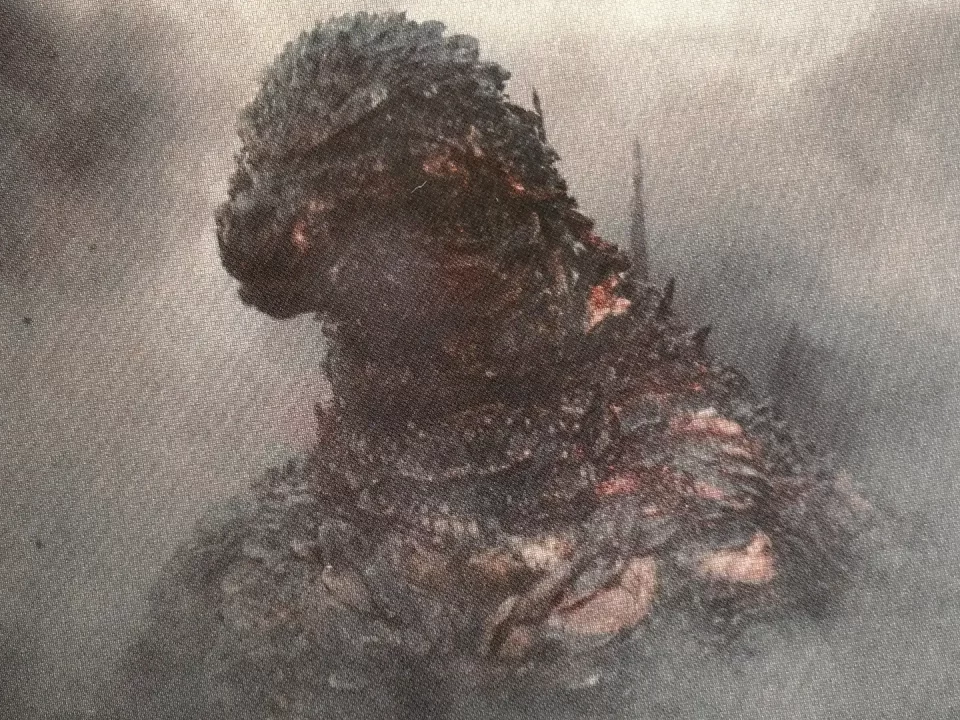
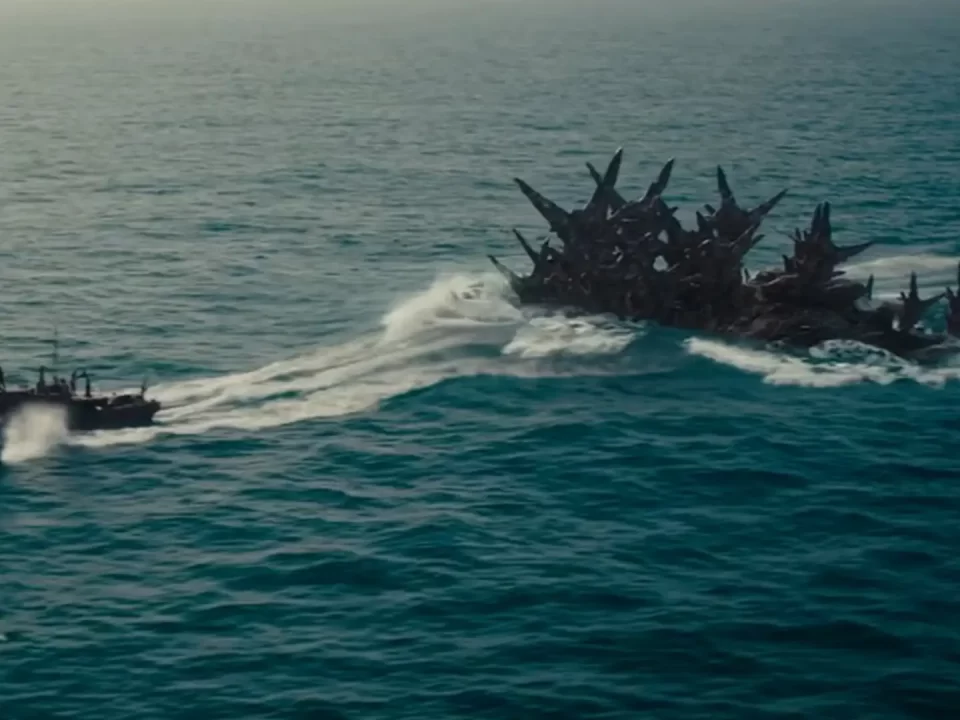
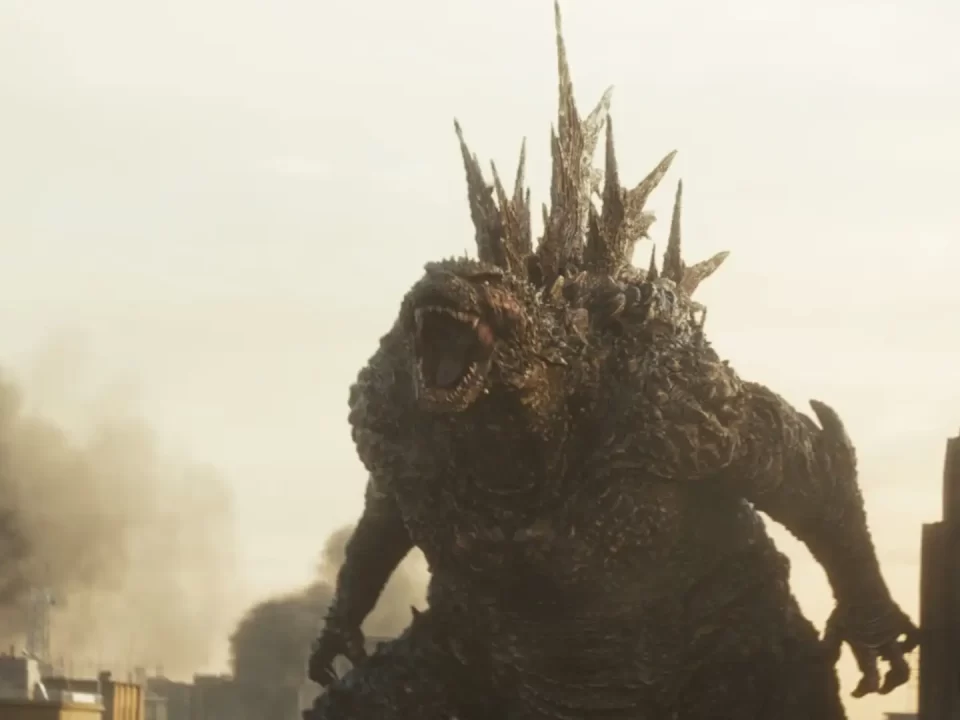
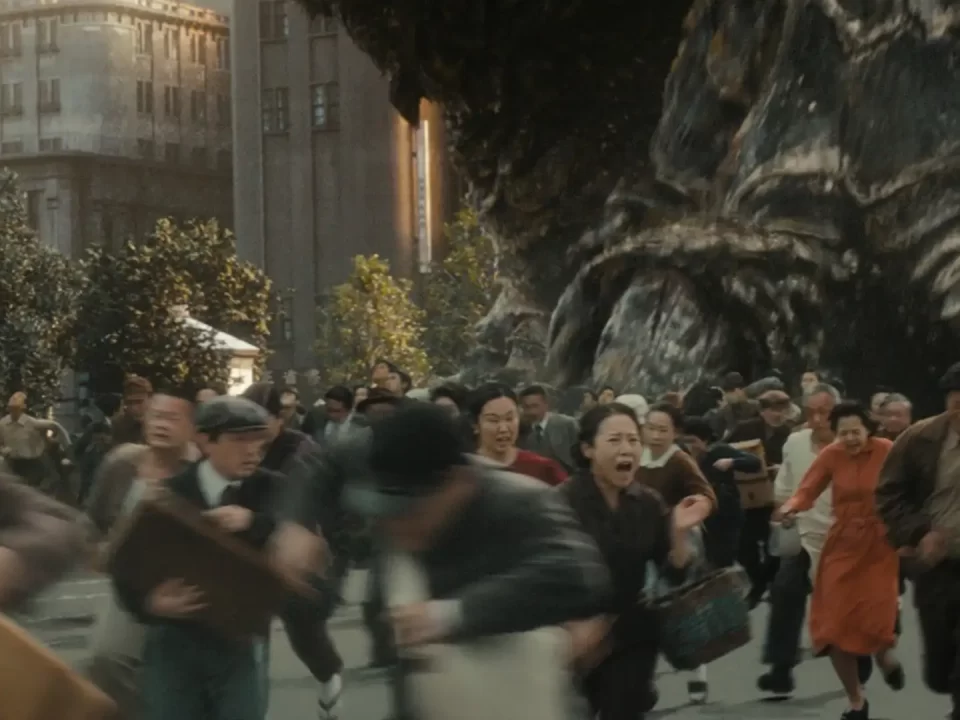
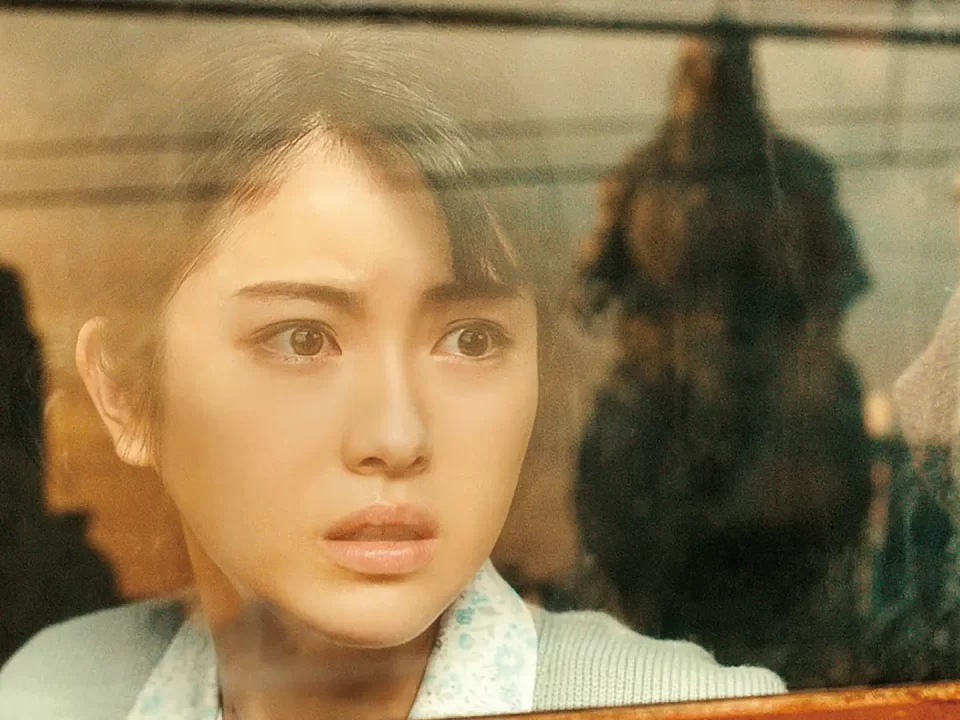
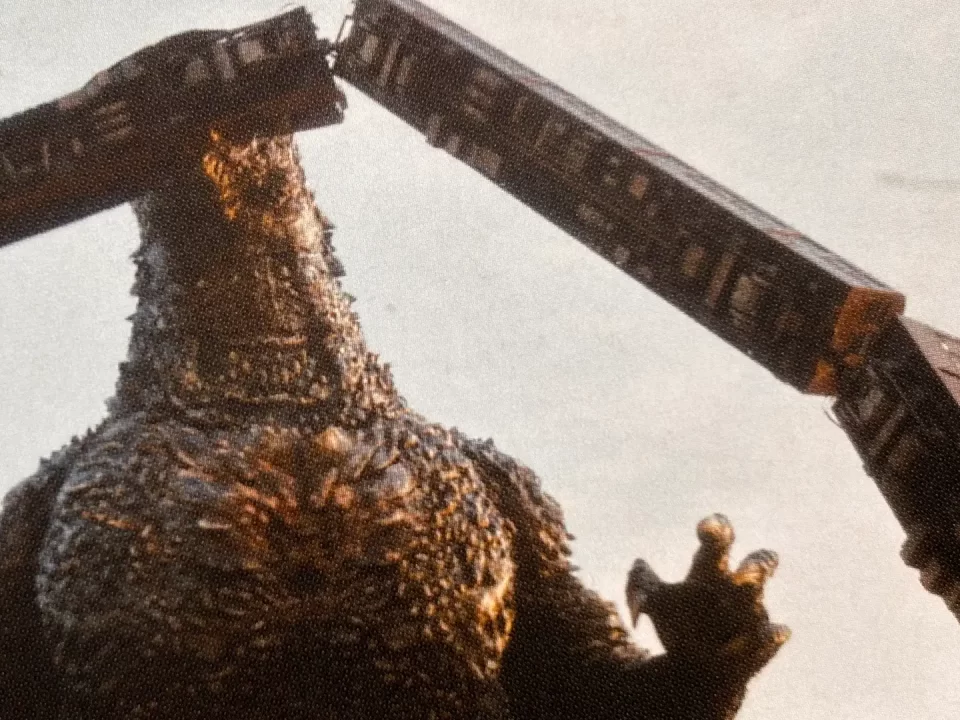
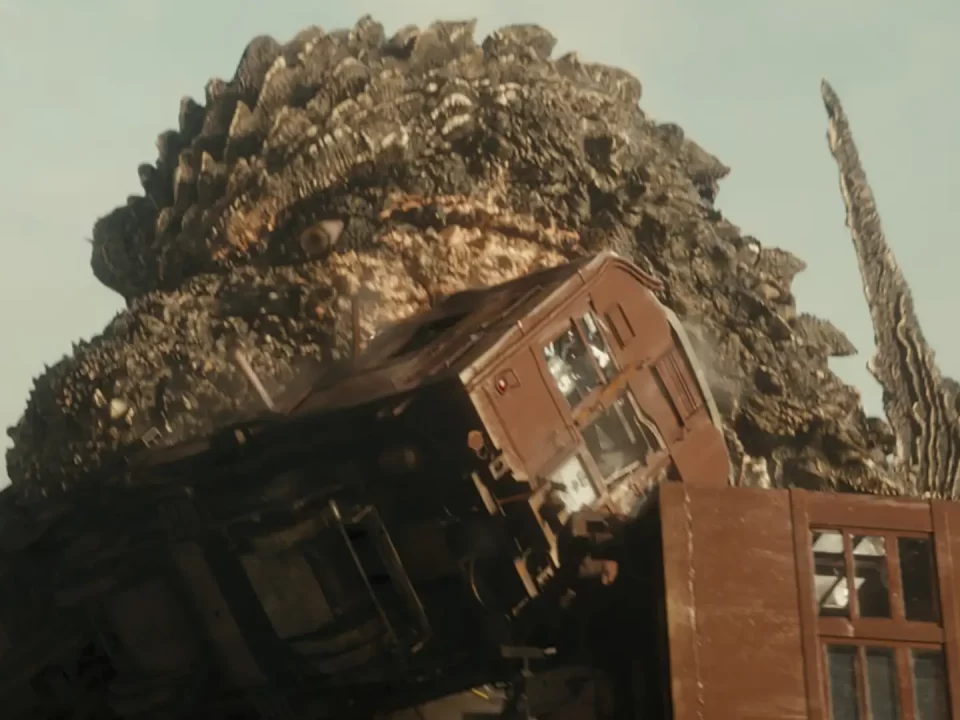
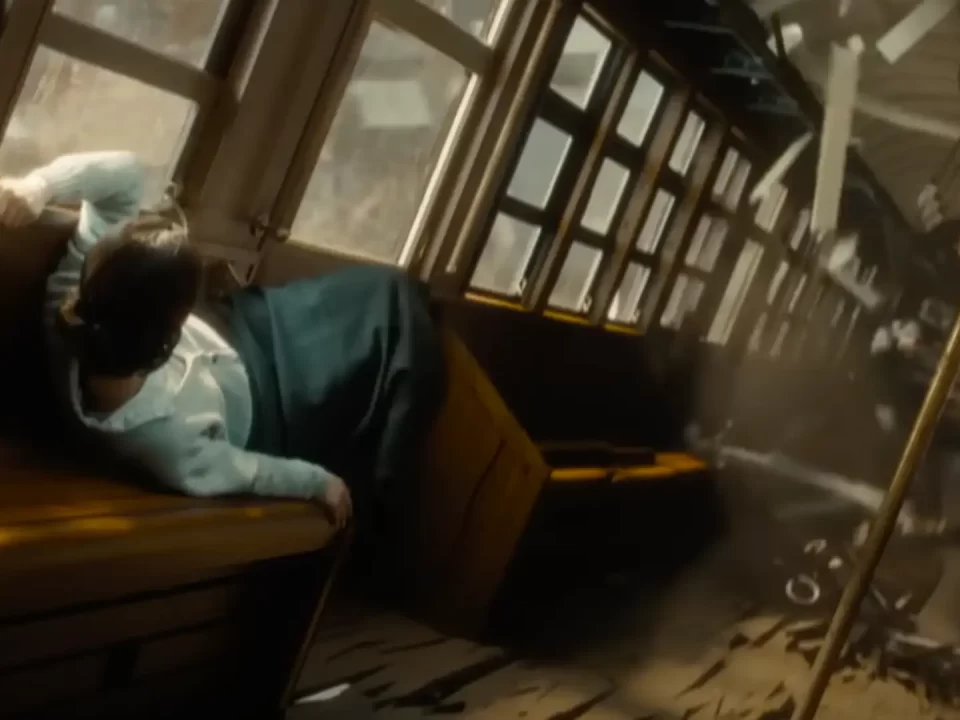
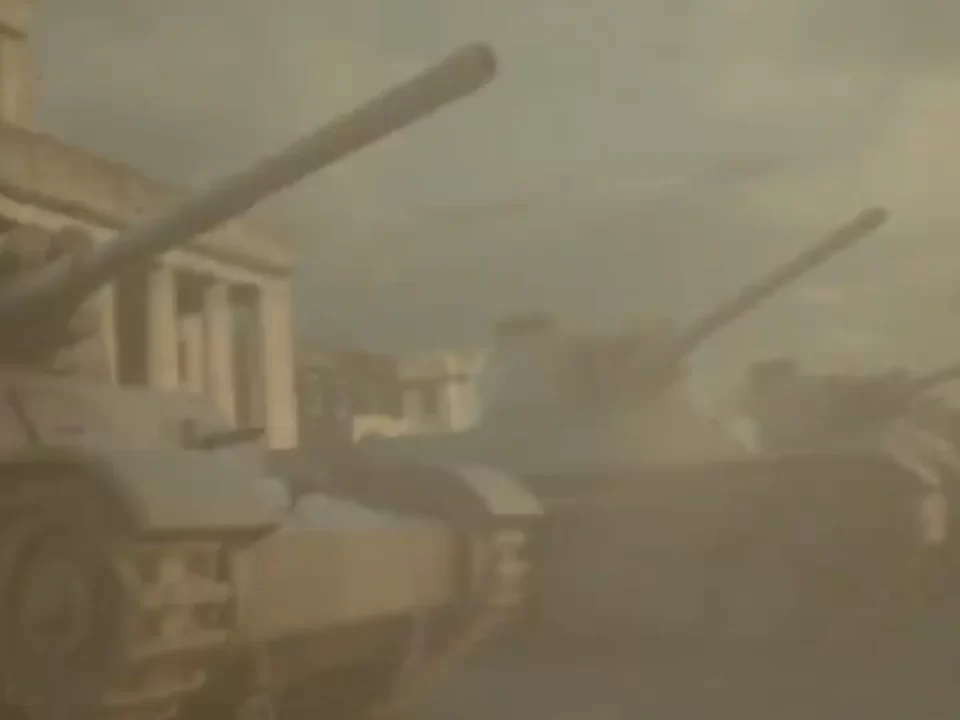
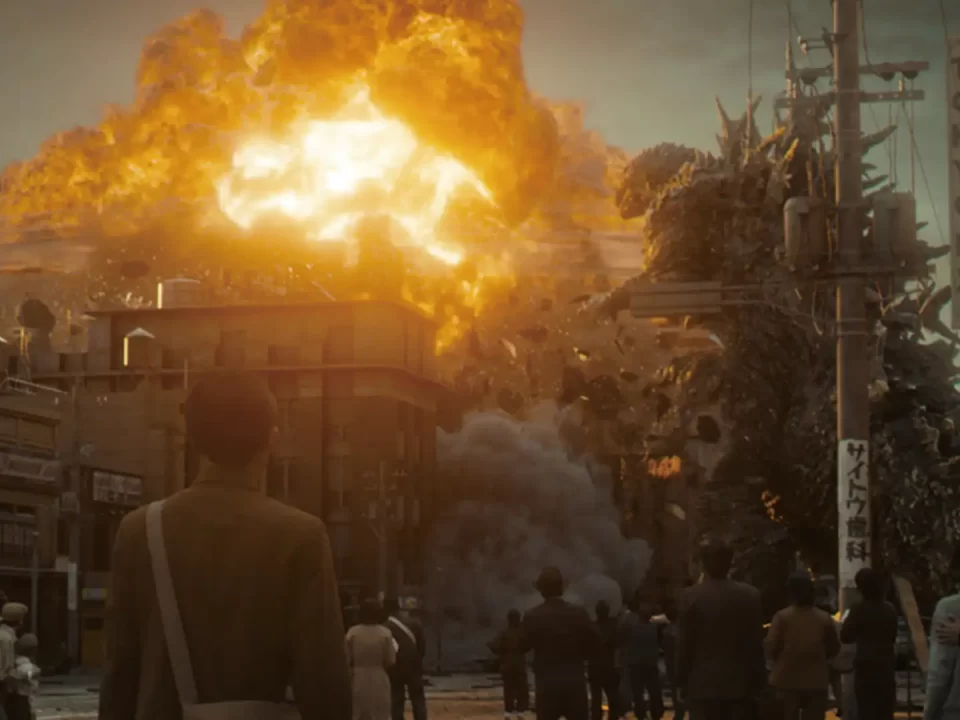
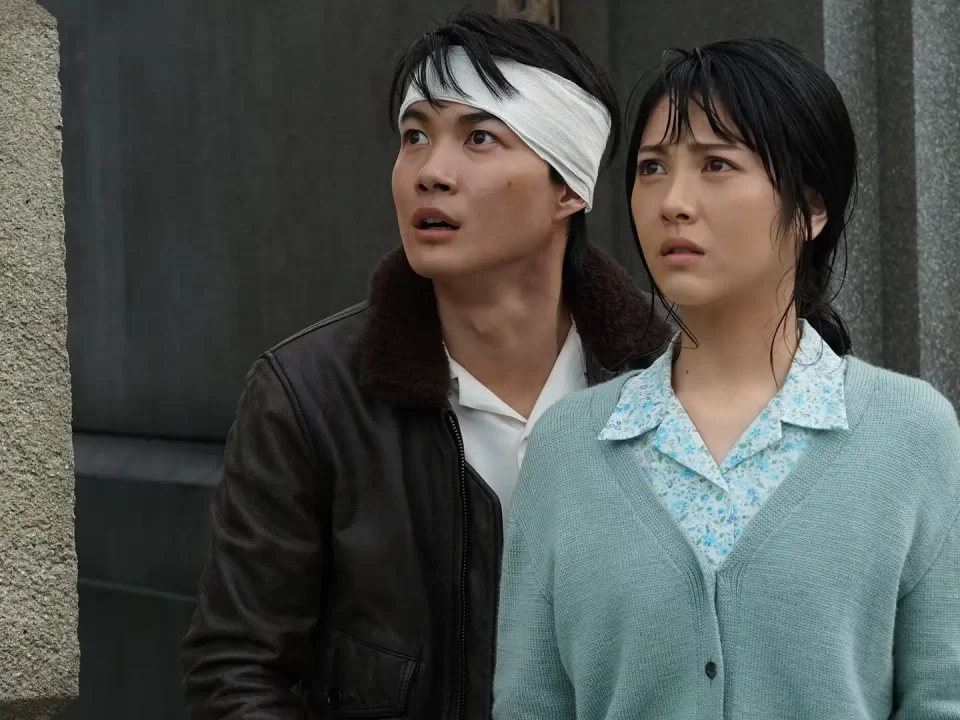
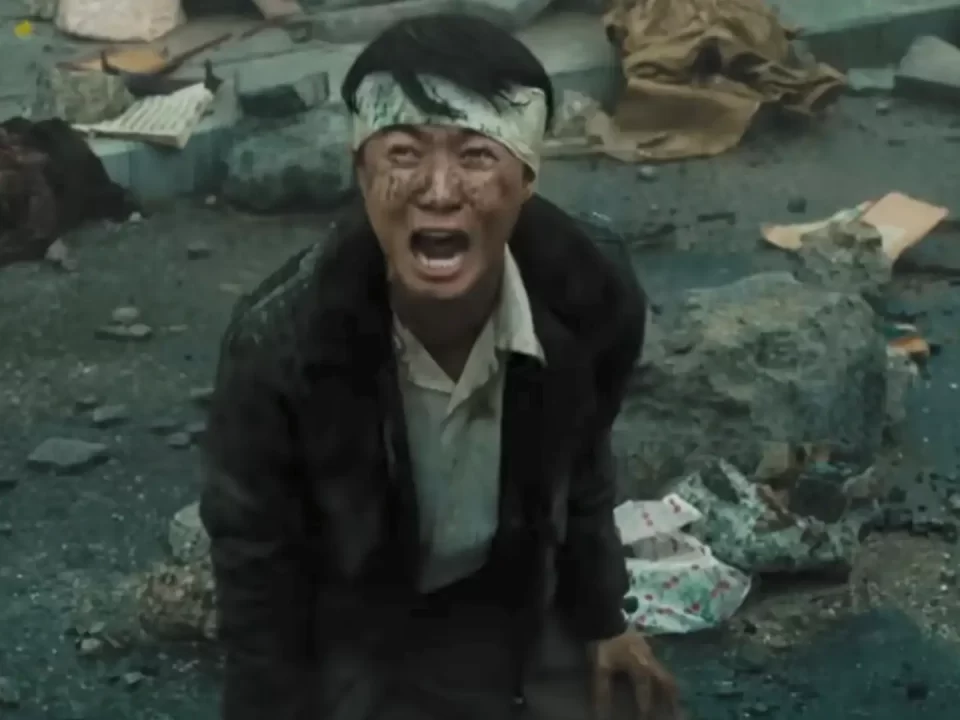

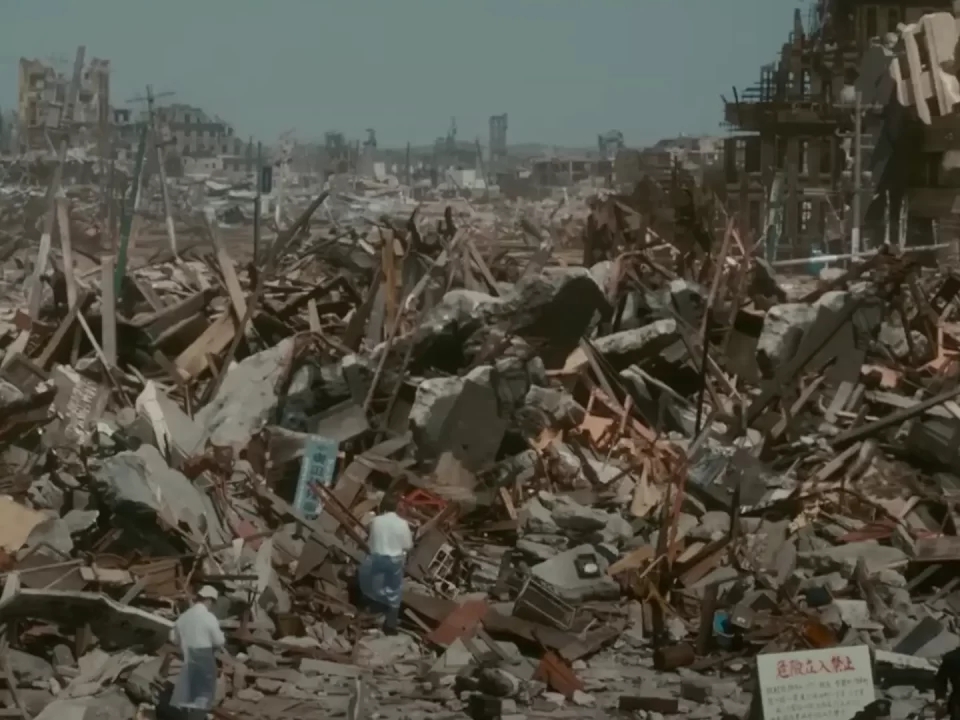
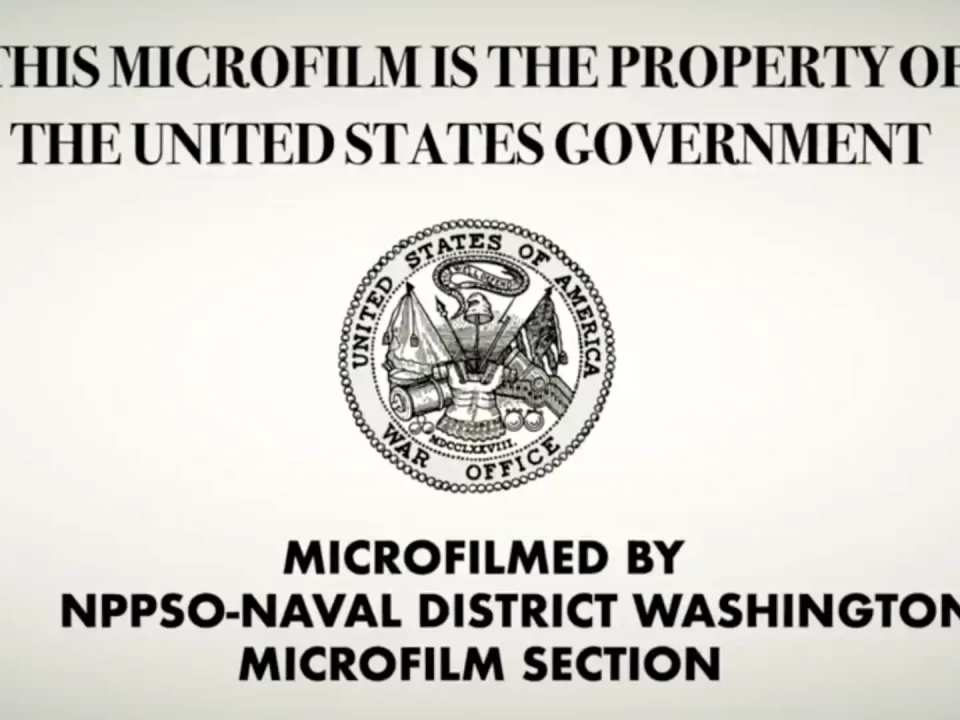
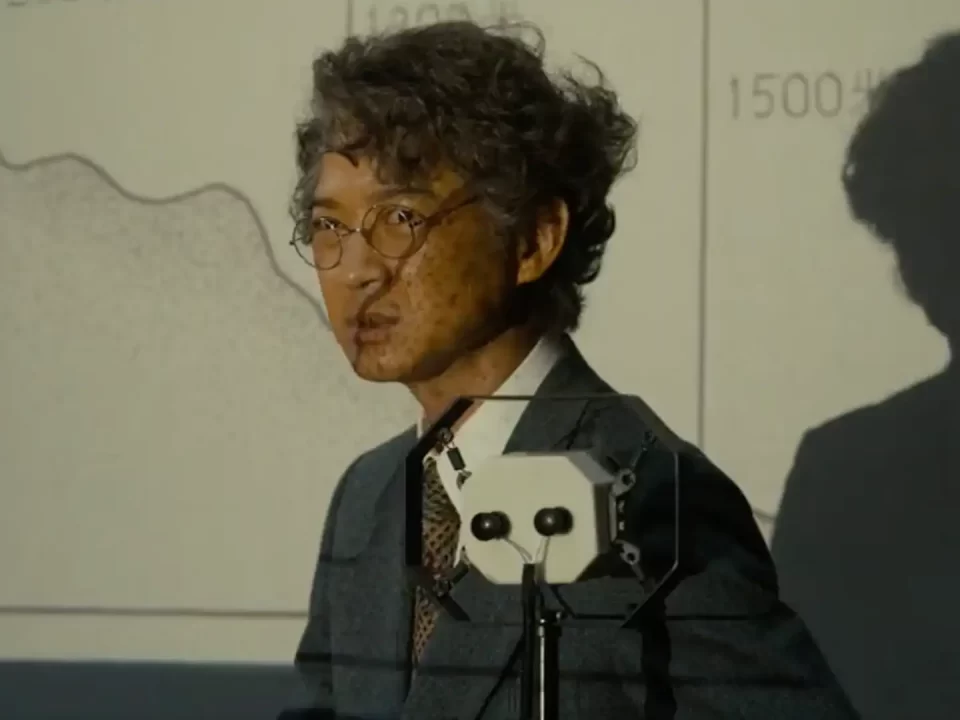
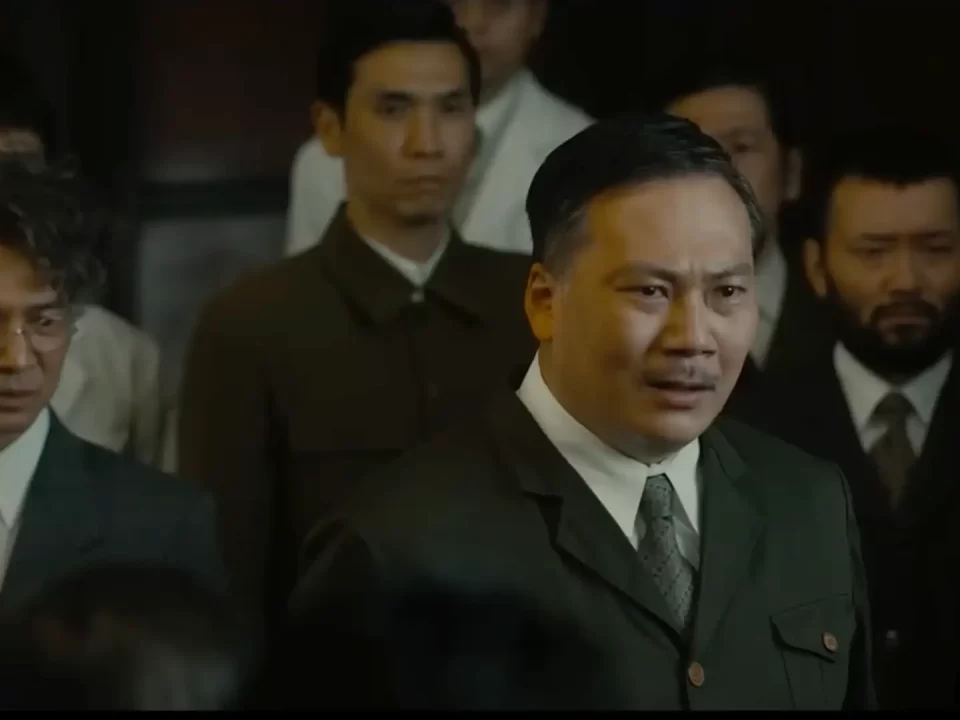

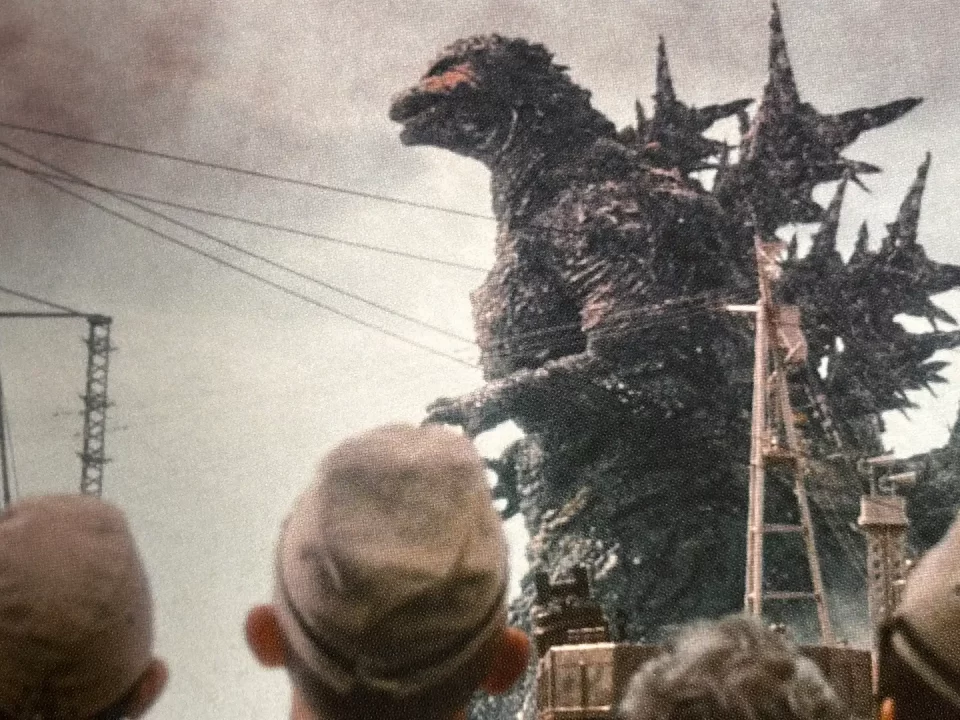
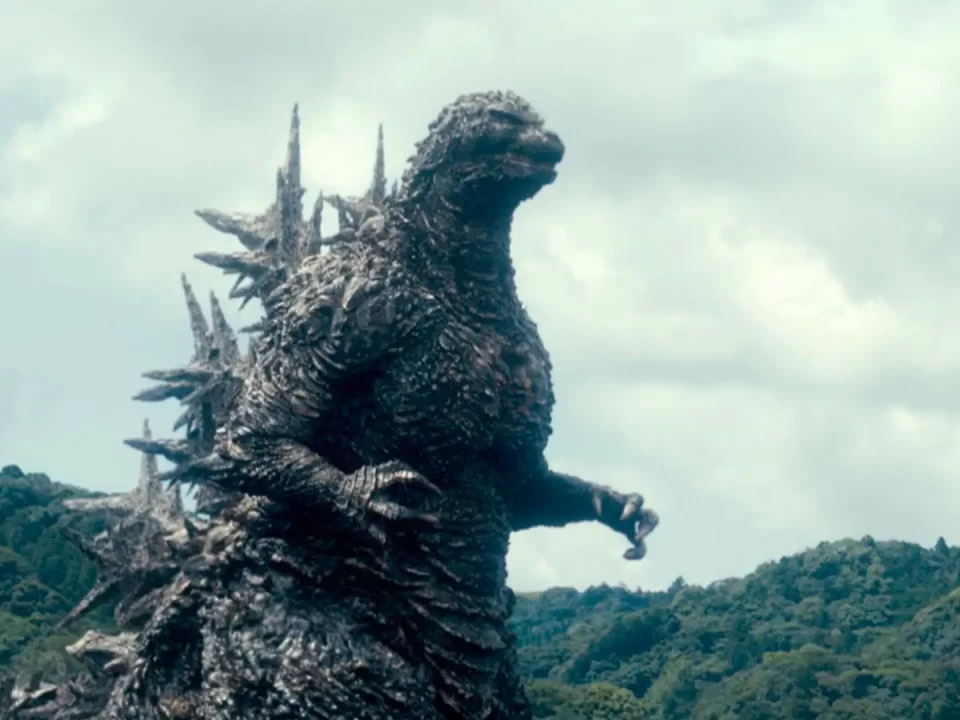
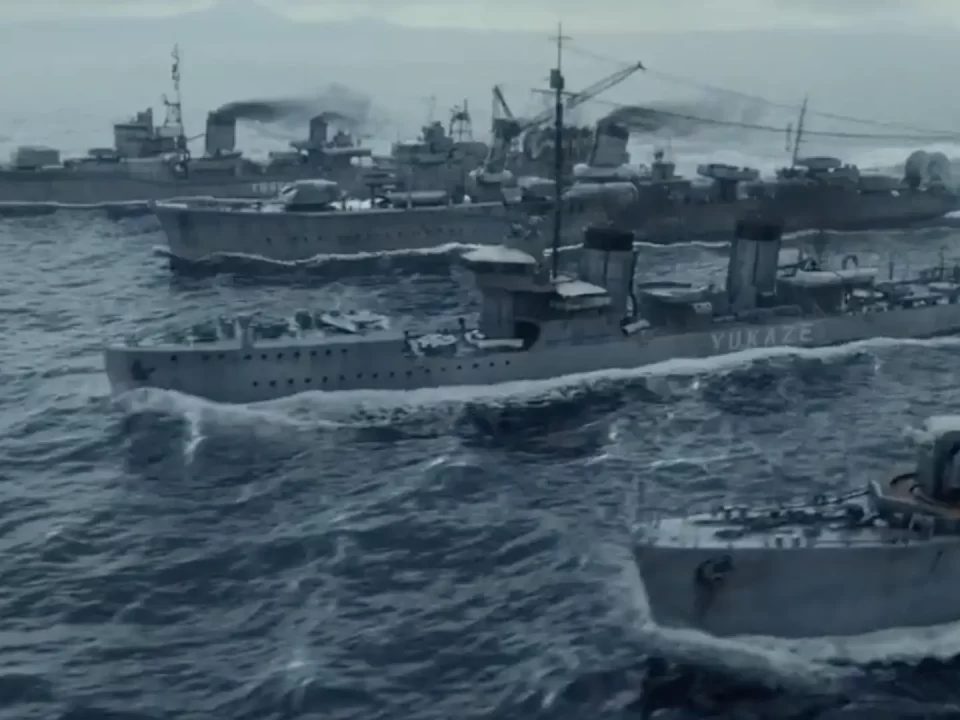
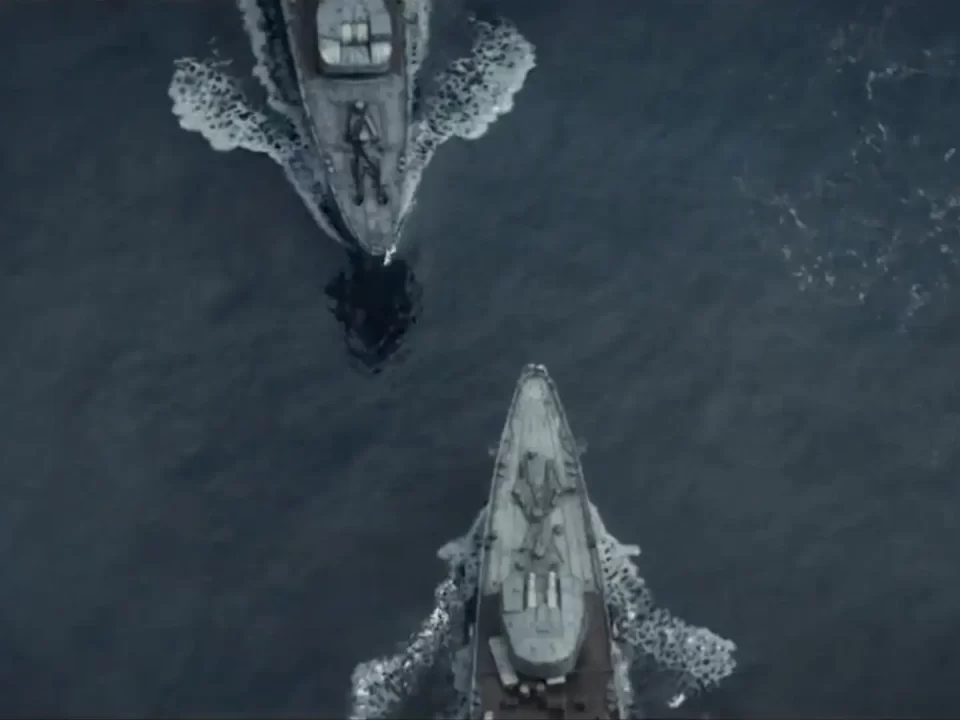
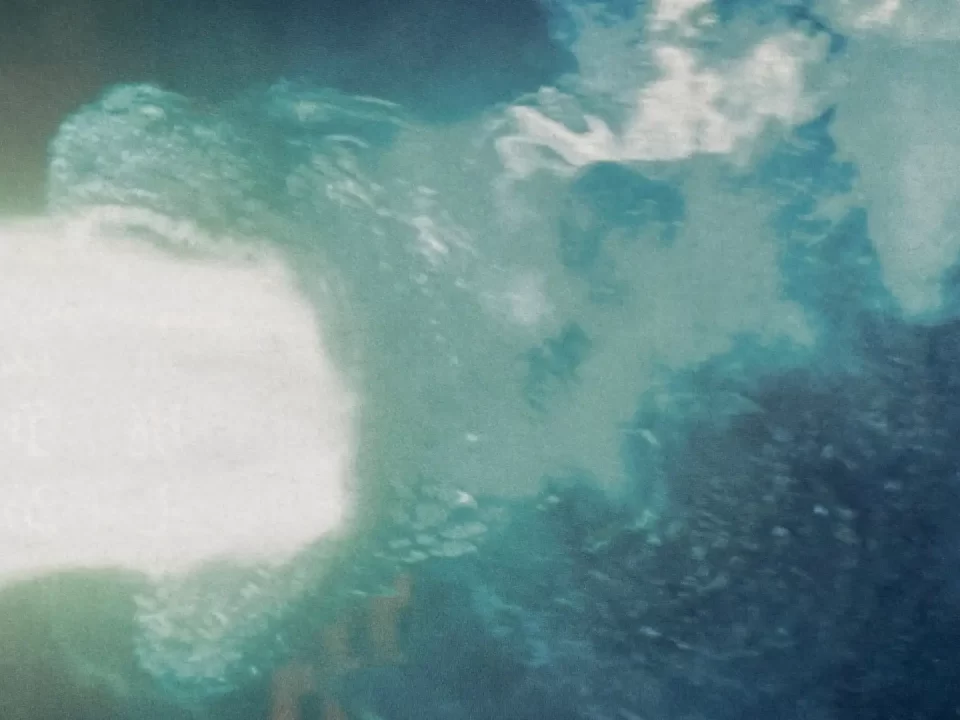
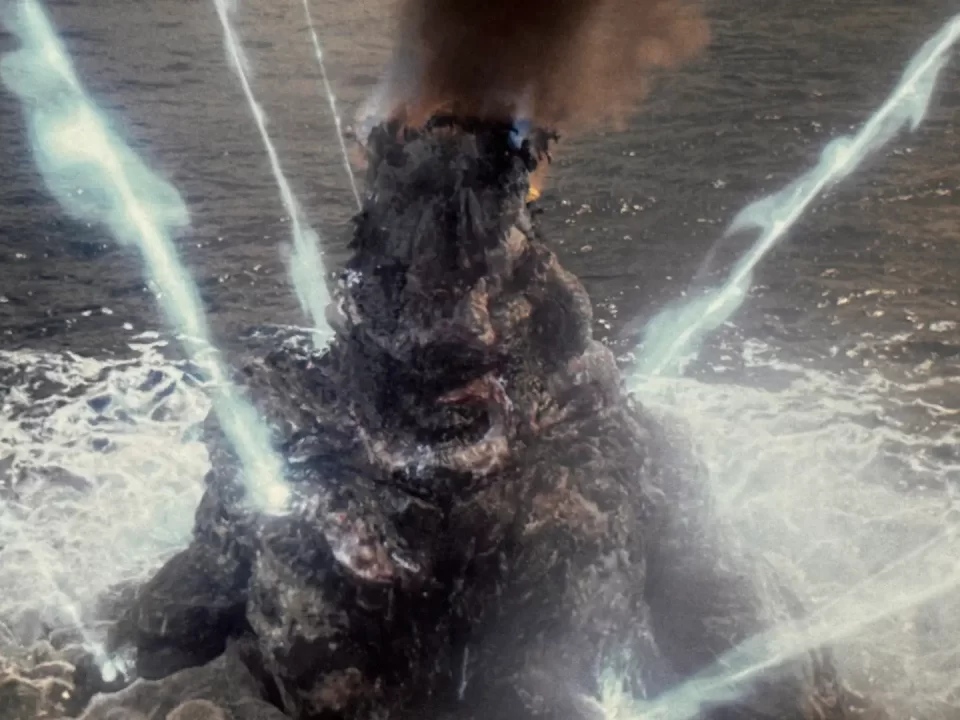
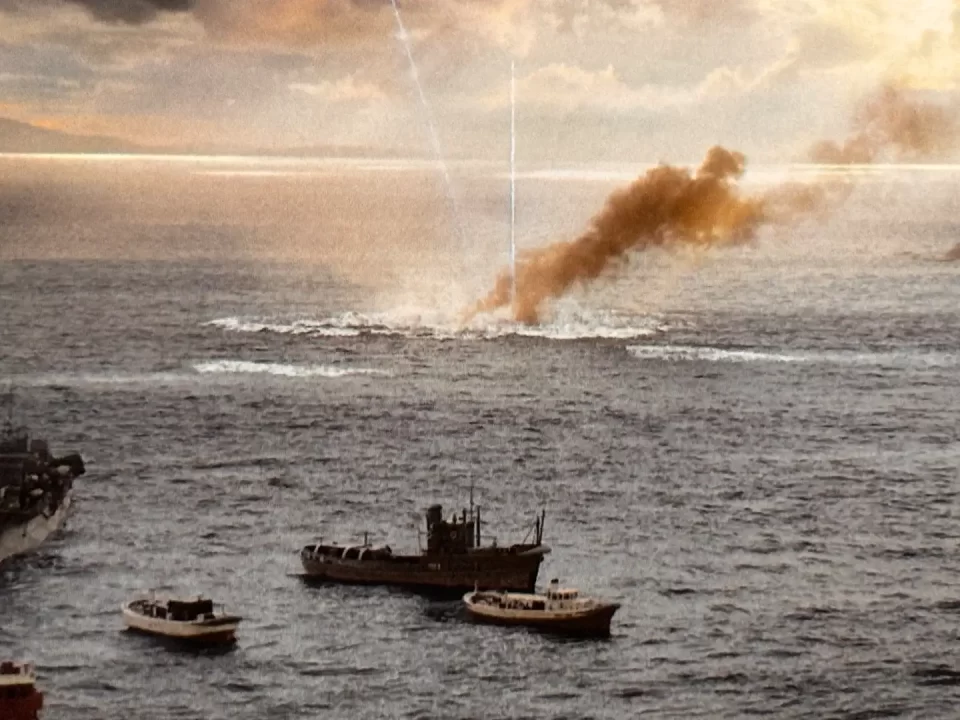
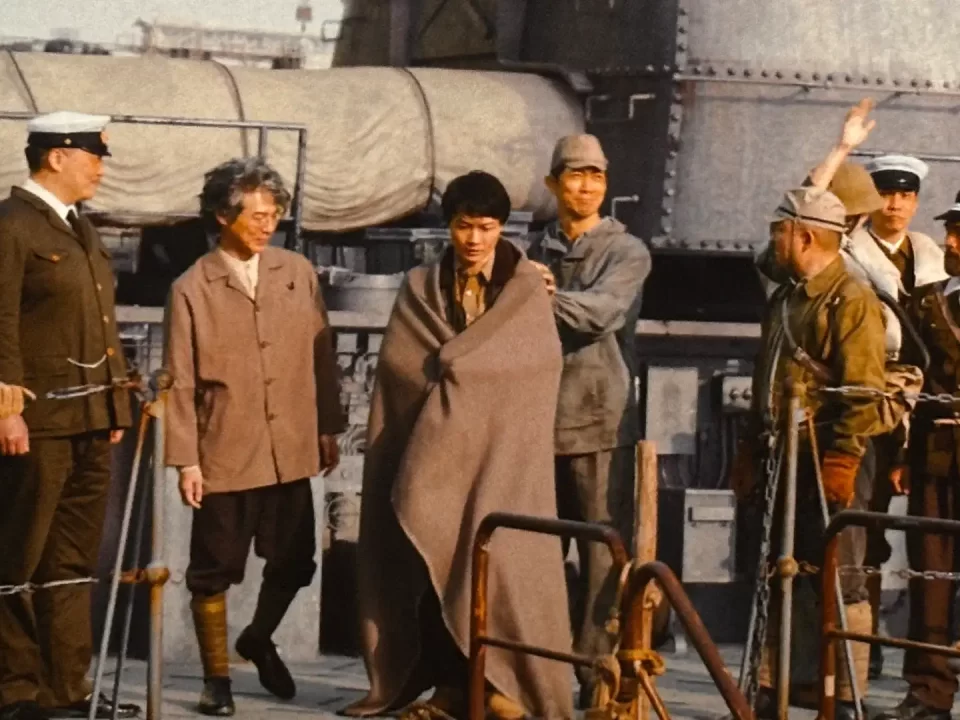
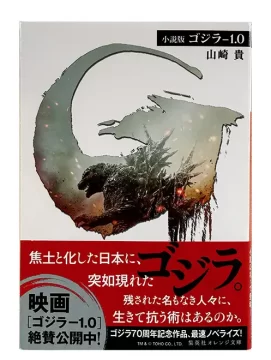
Godzilla Minus One is a highly structured plot marked by three appearances of Godzilla during which he uses his atomic ray. In Ginza, the effect strongly evokes the dropping of the atomic bombs on Japan in 1945.